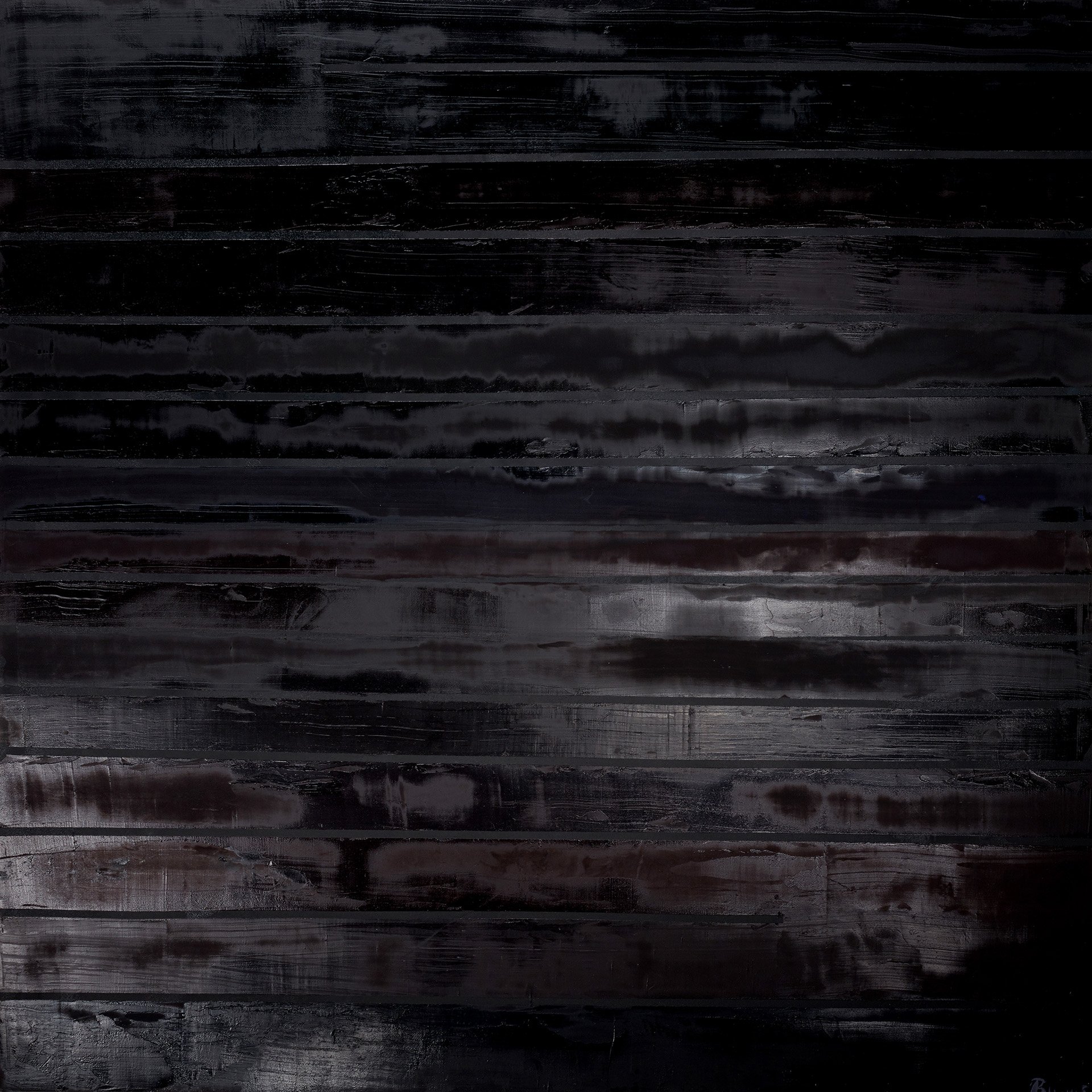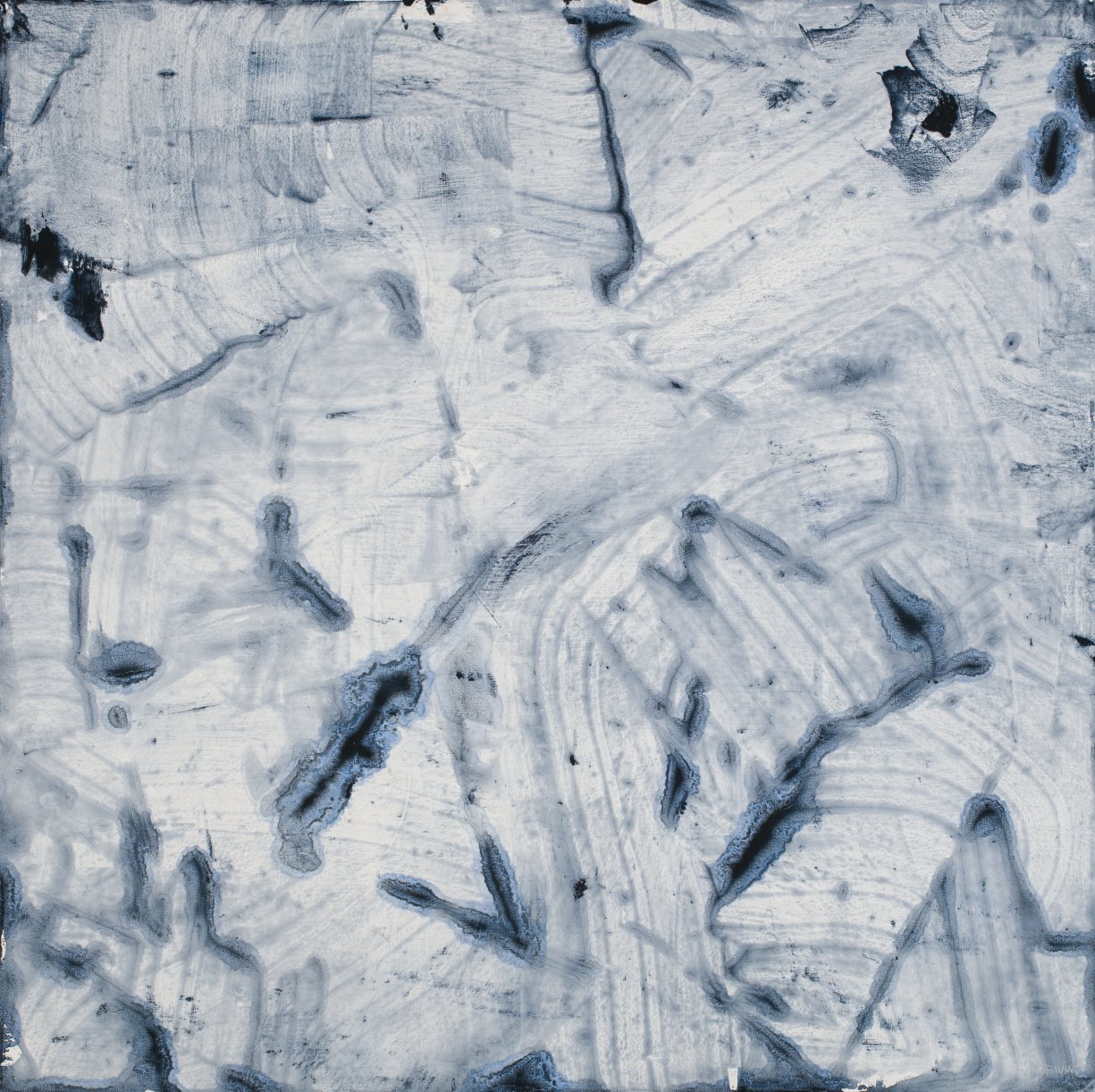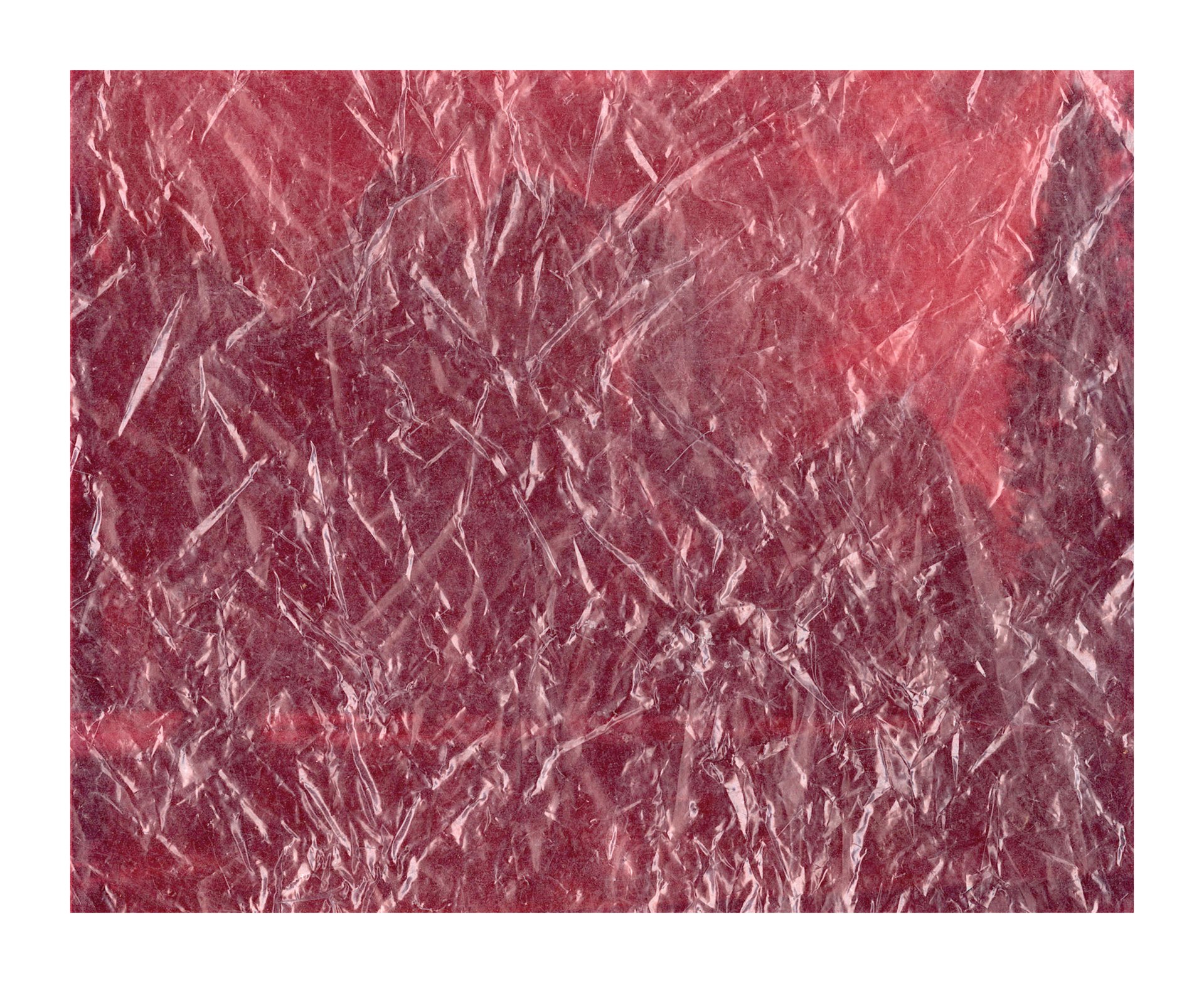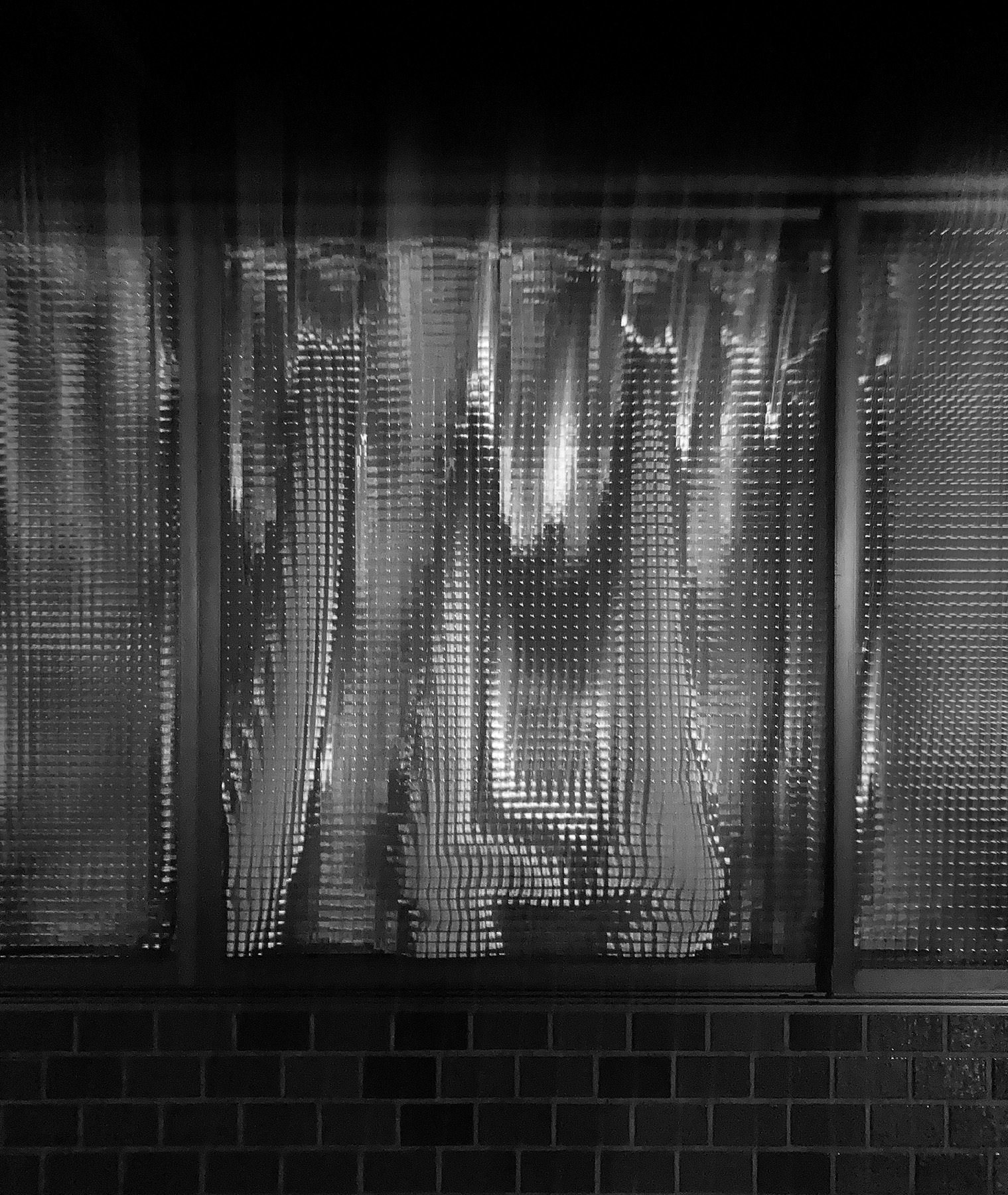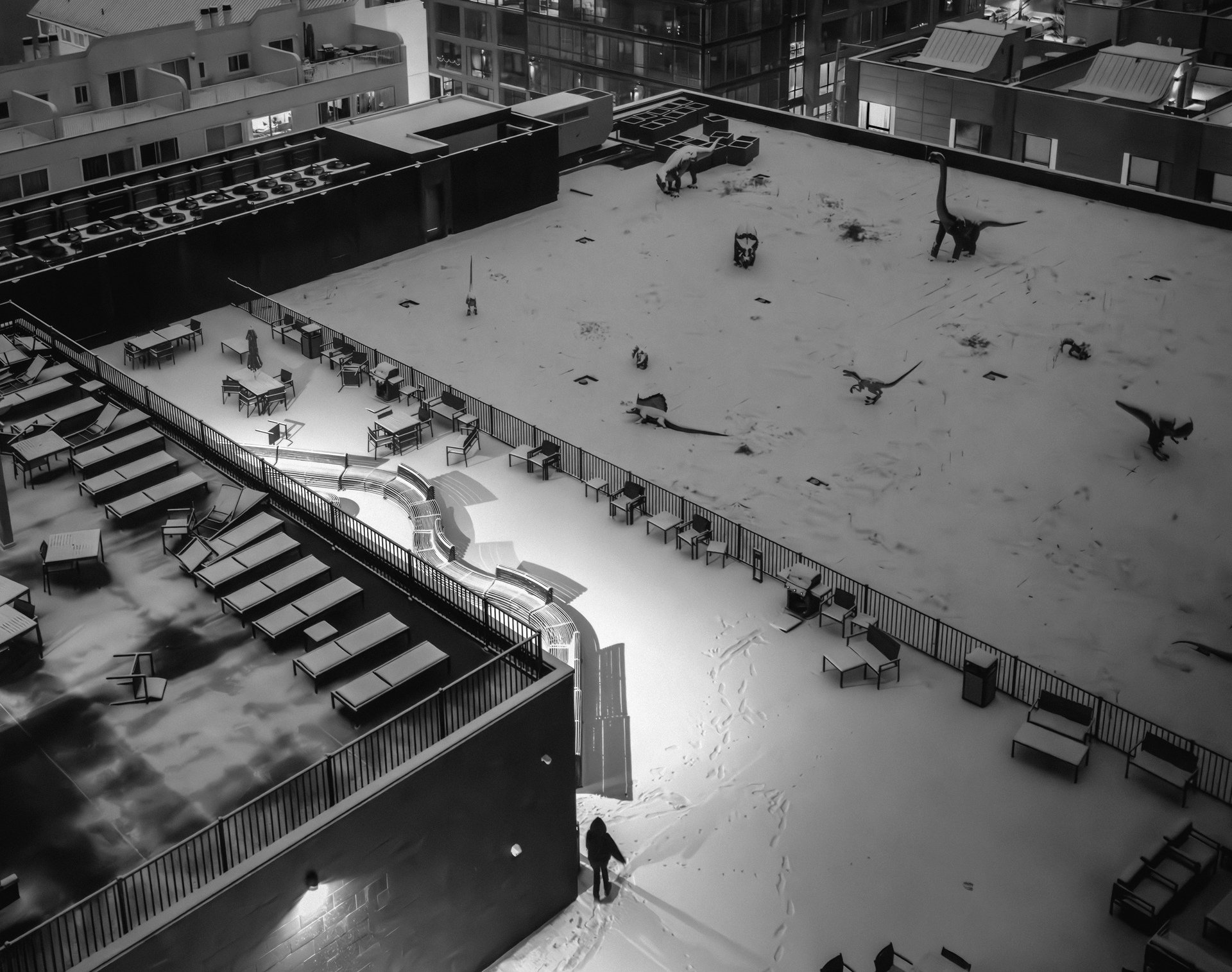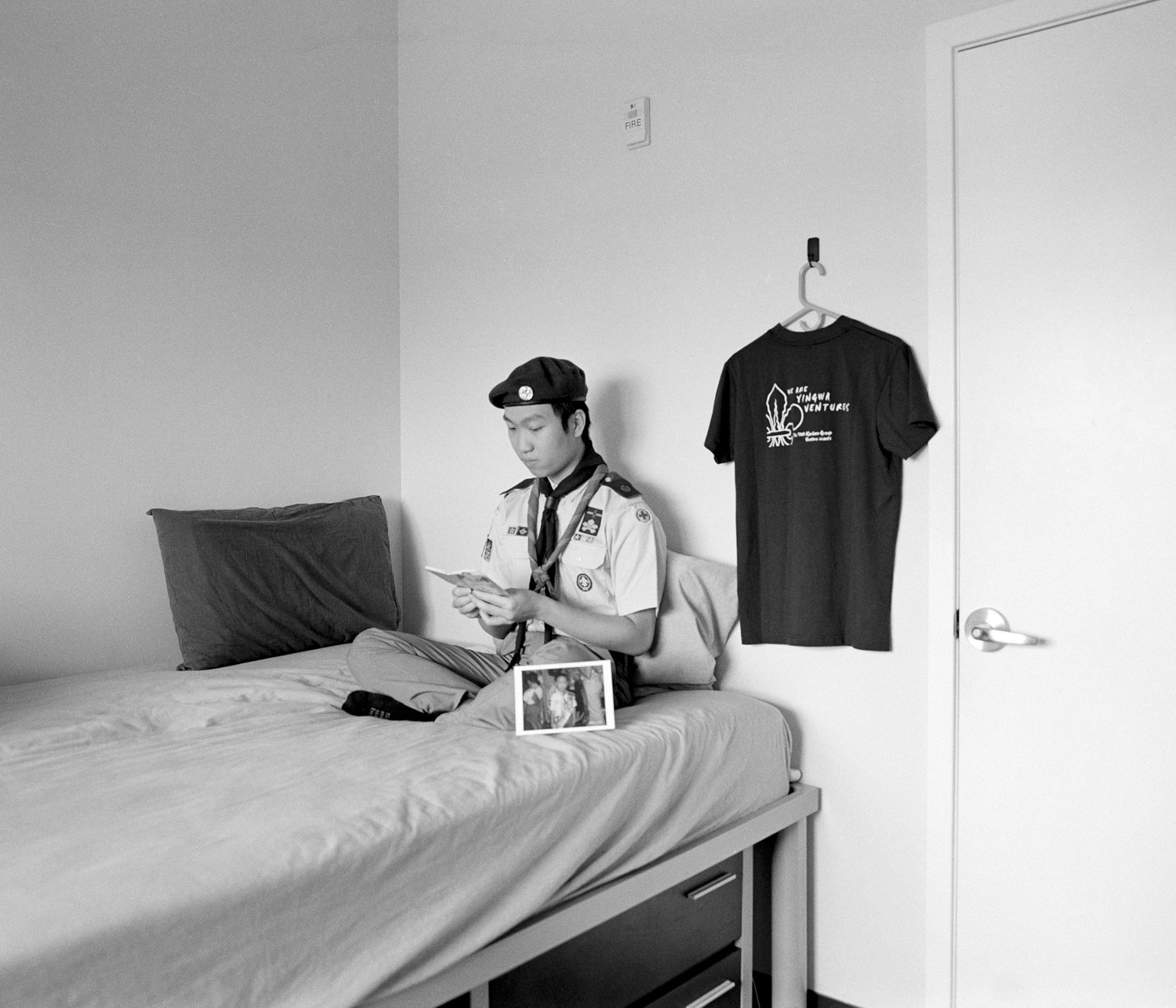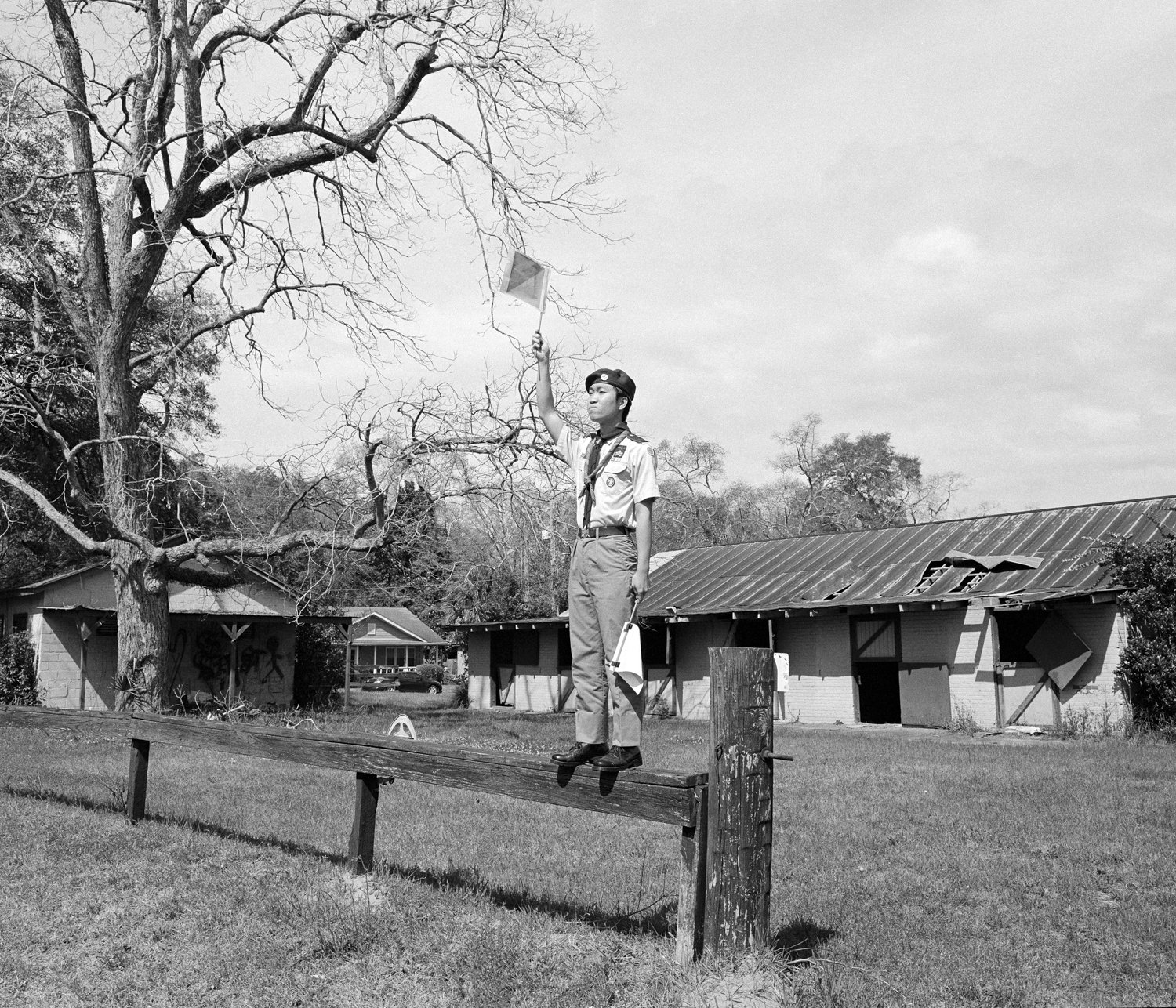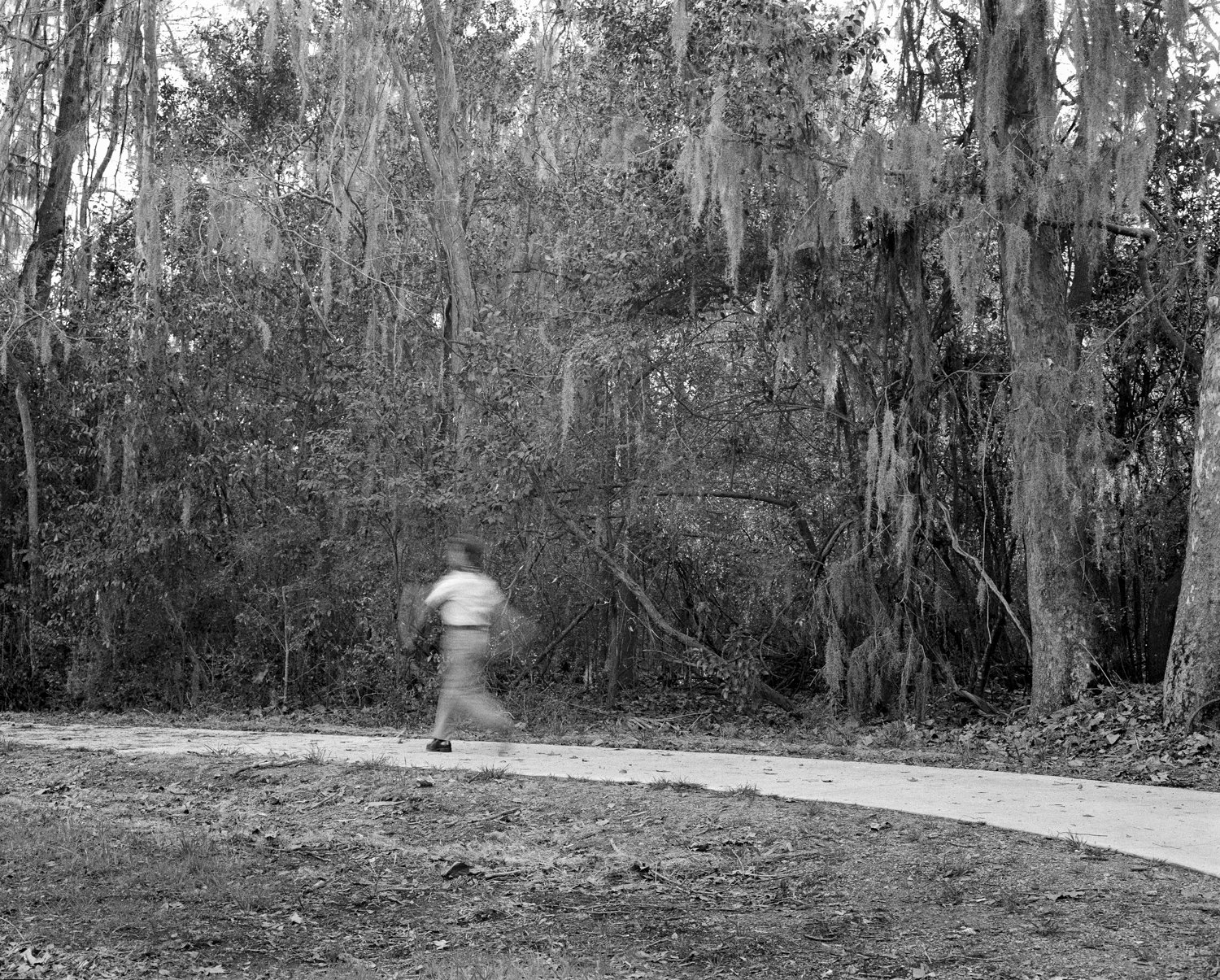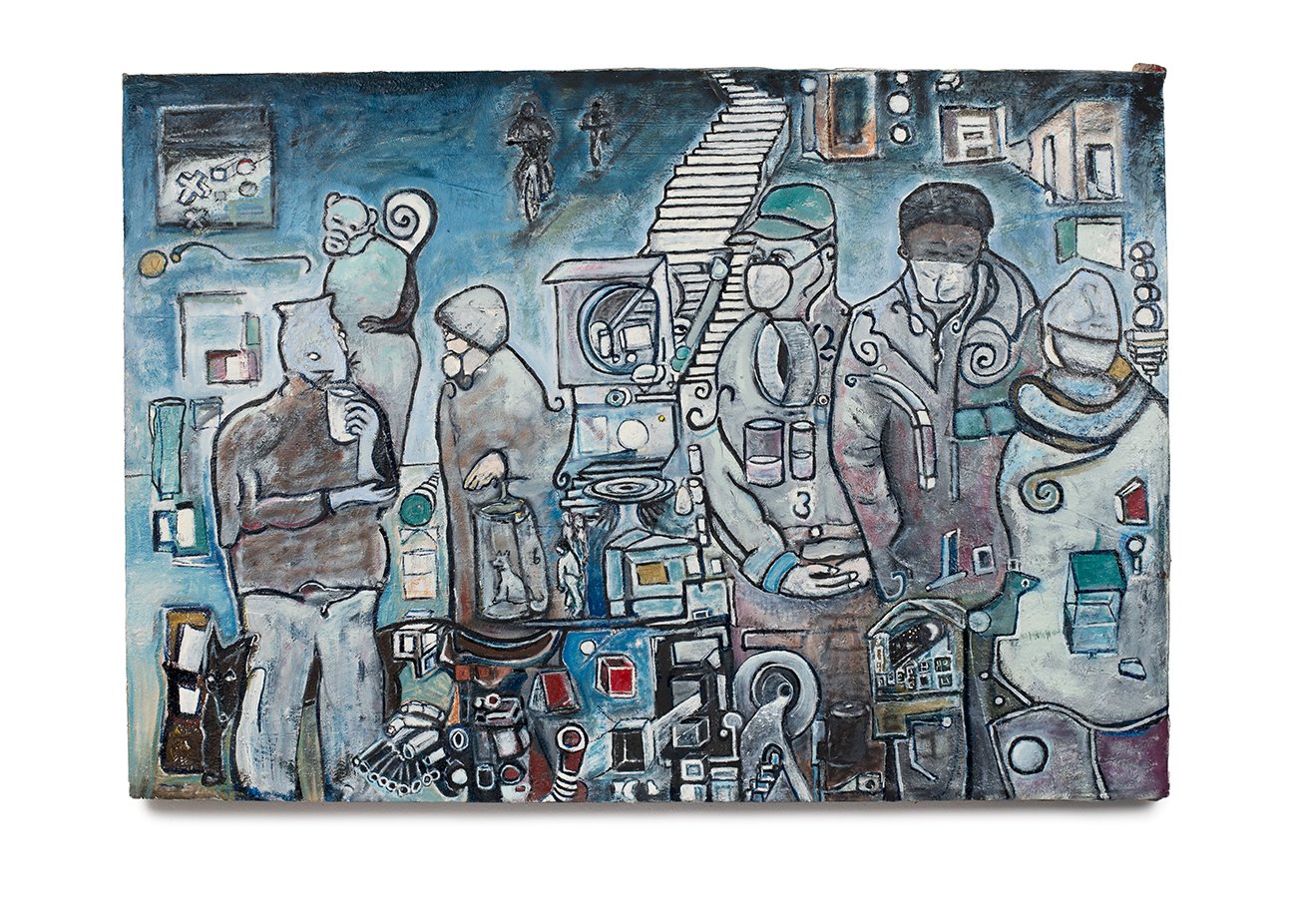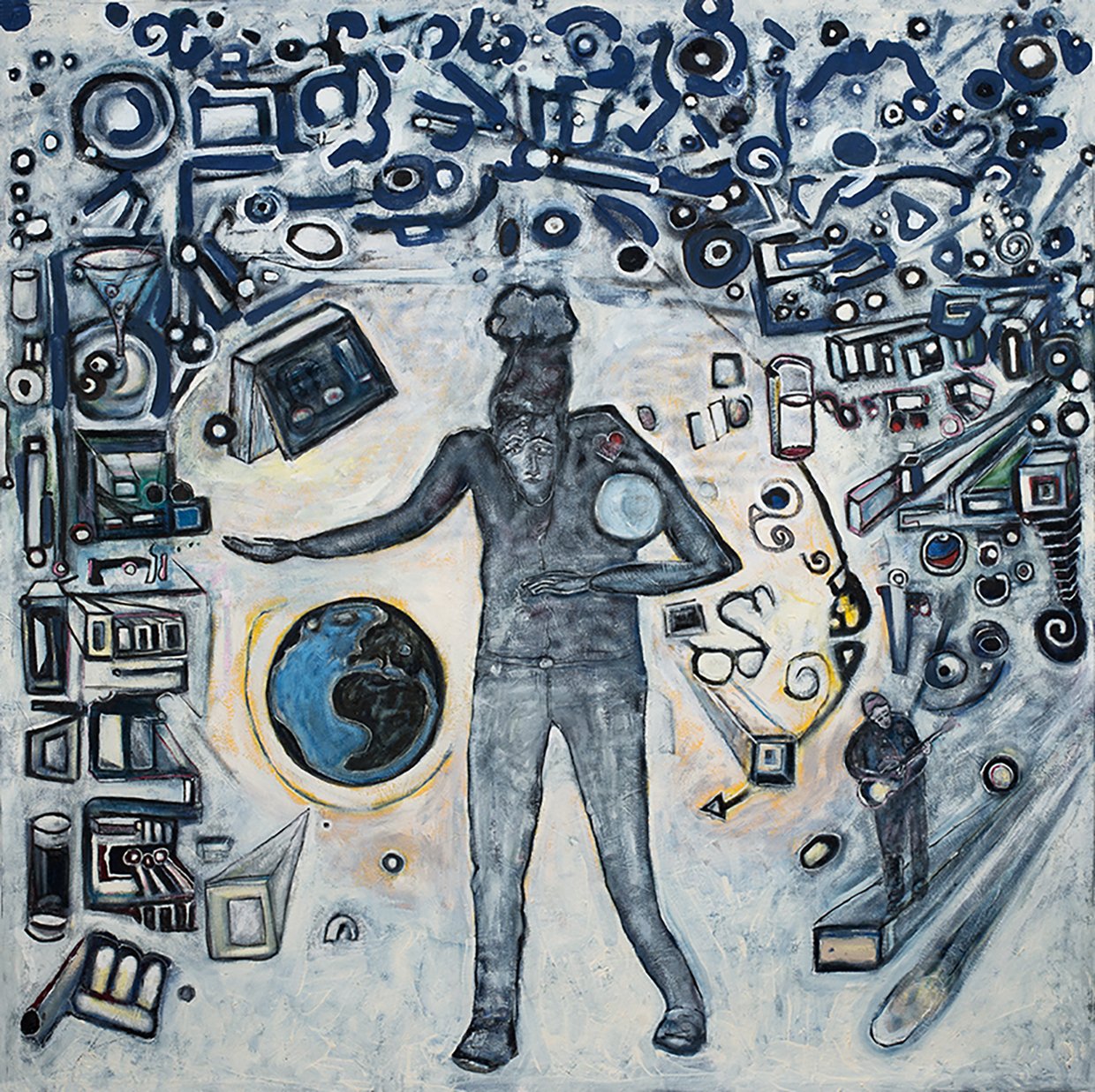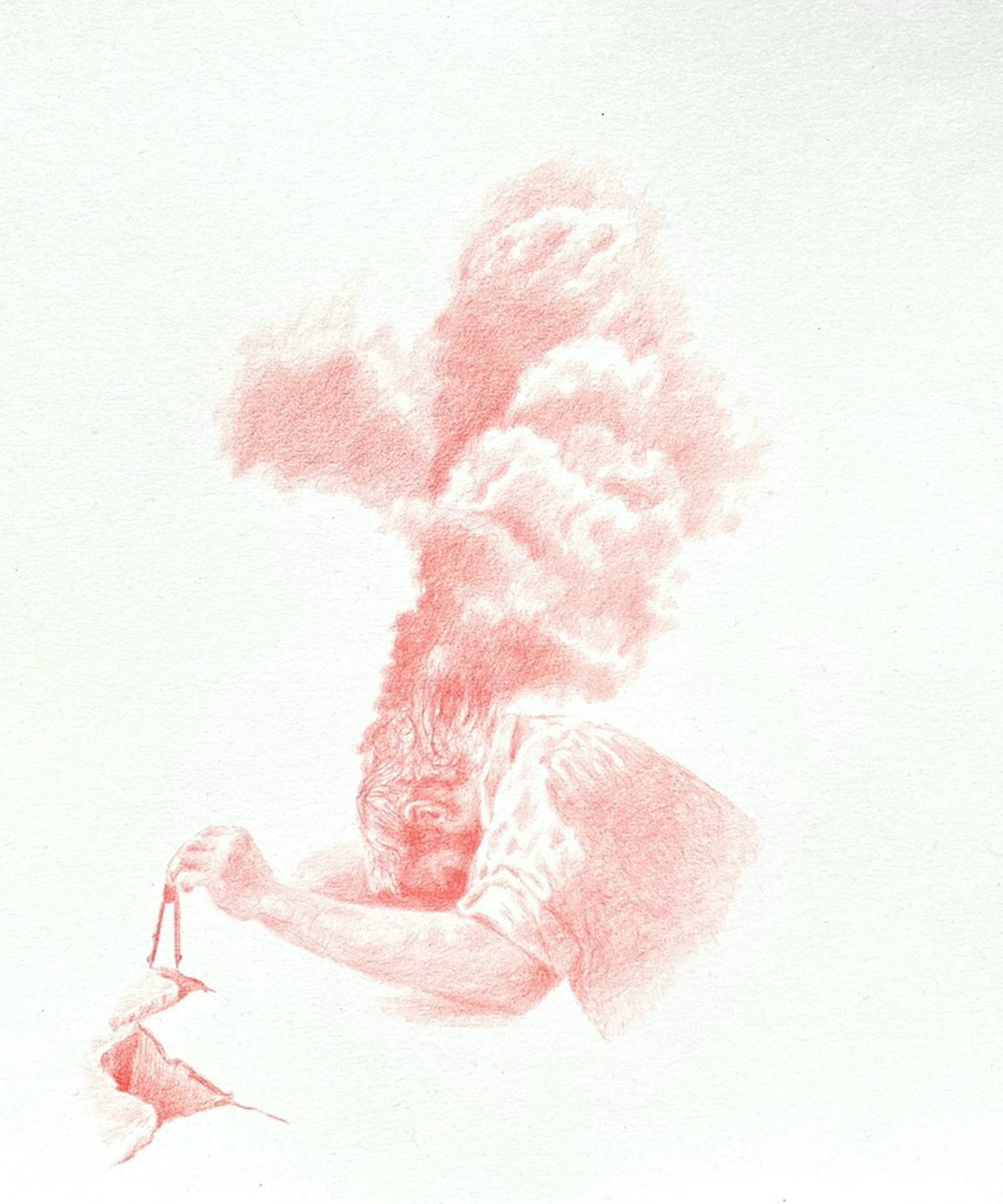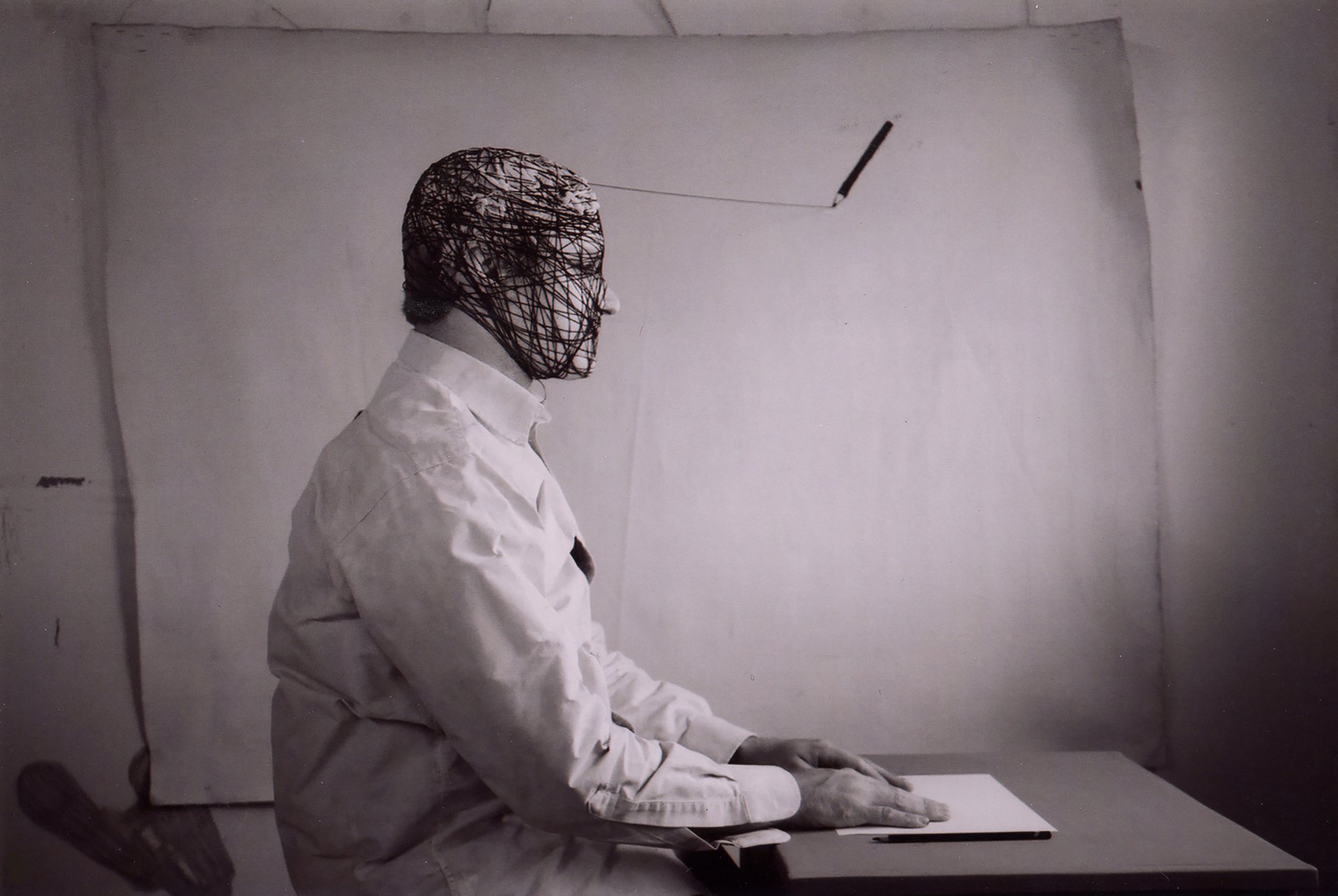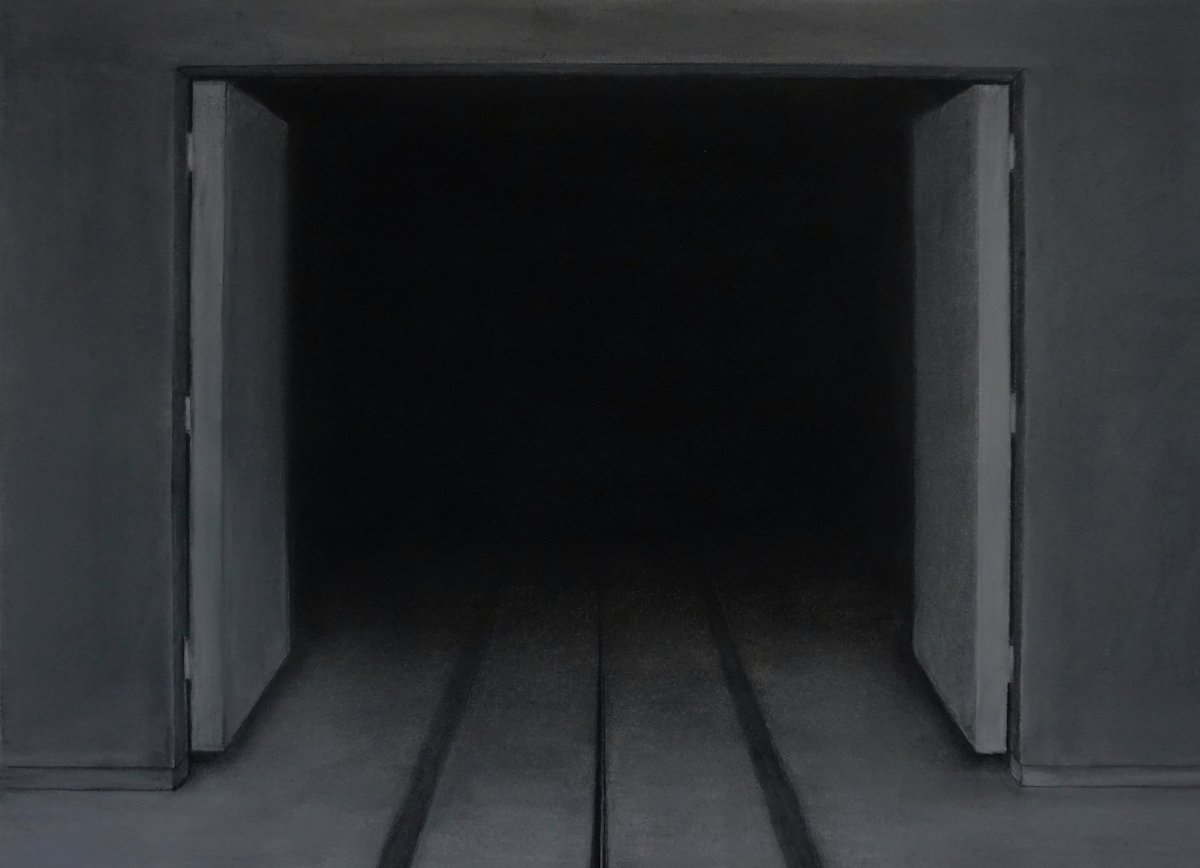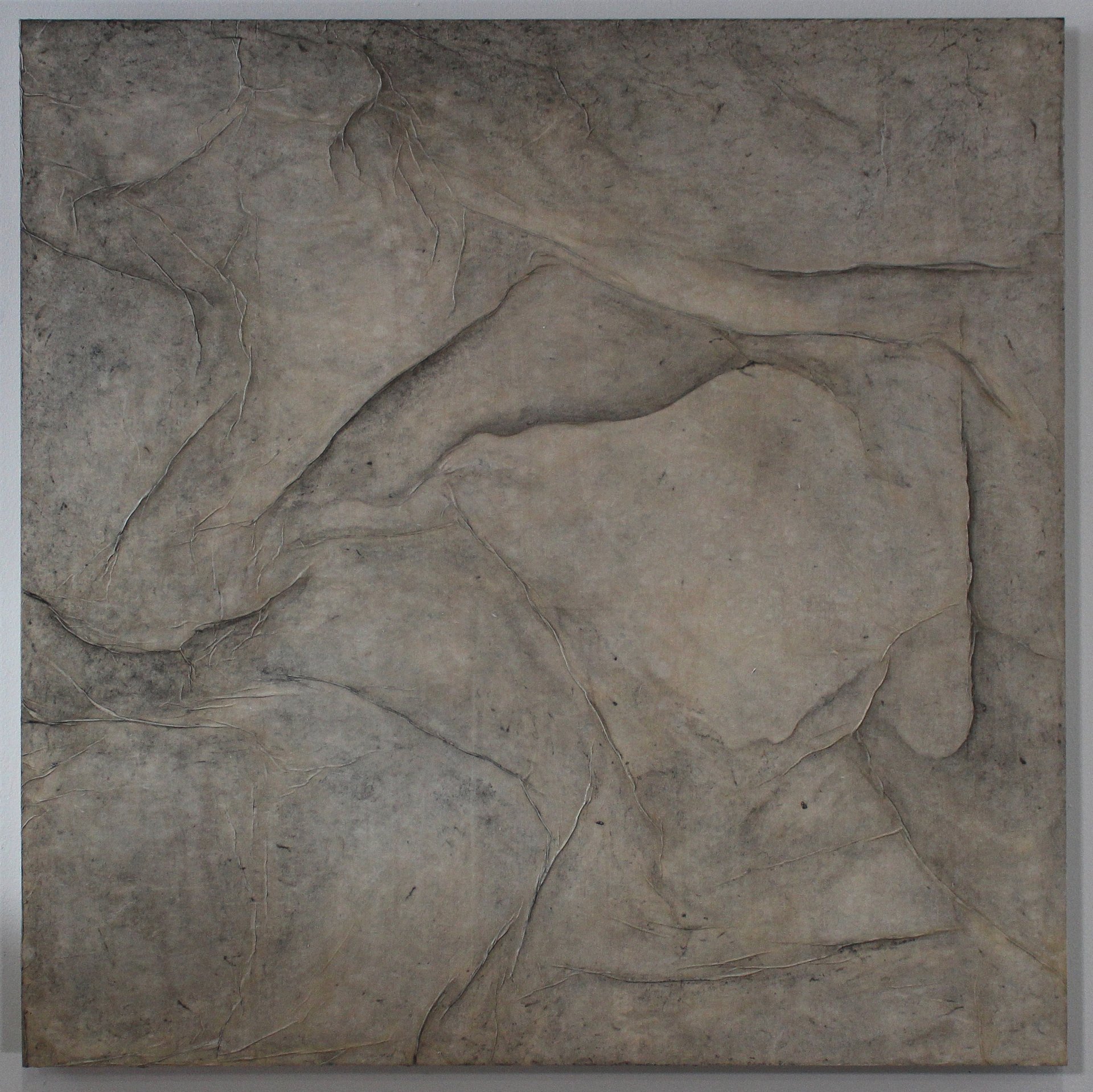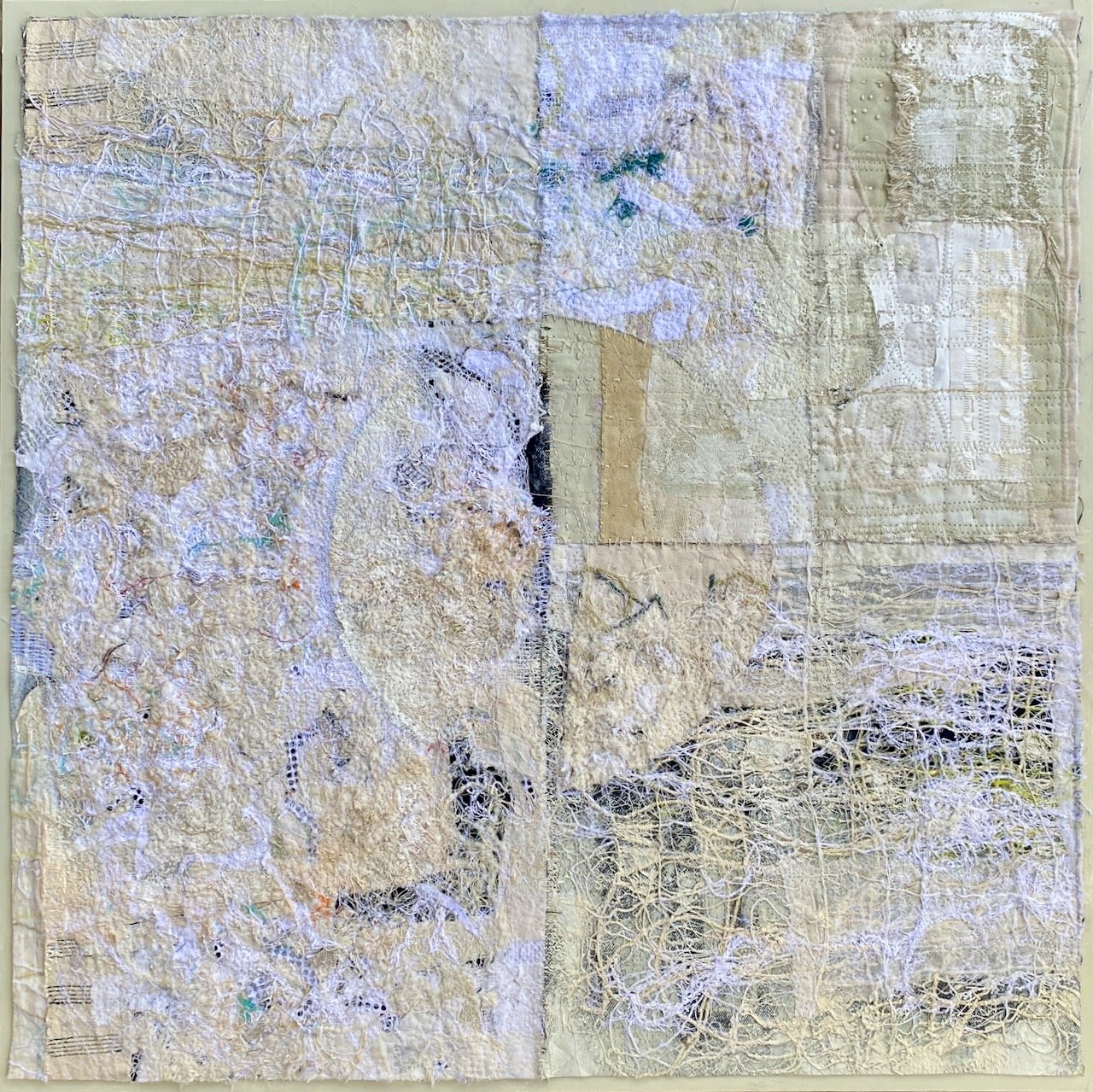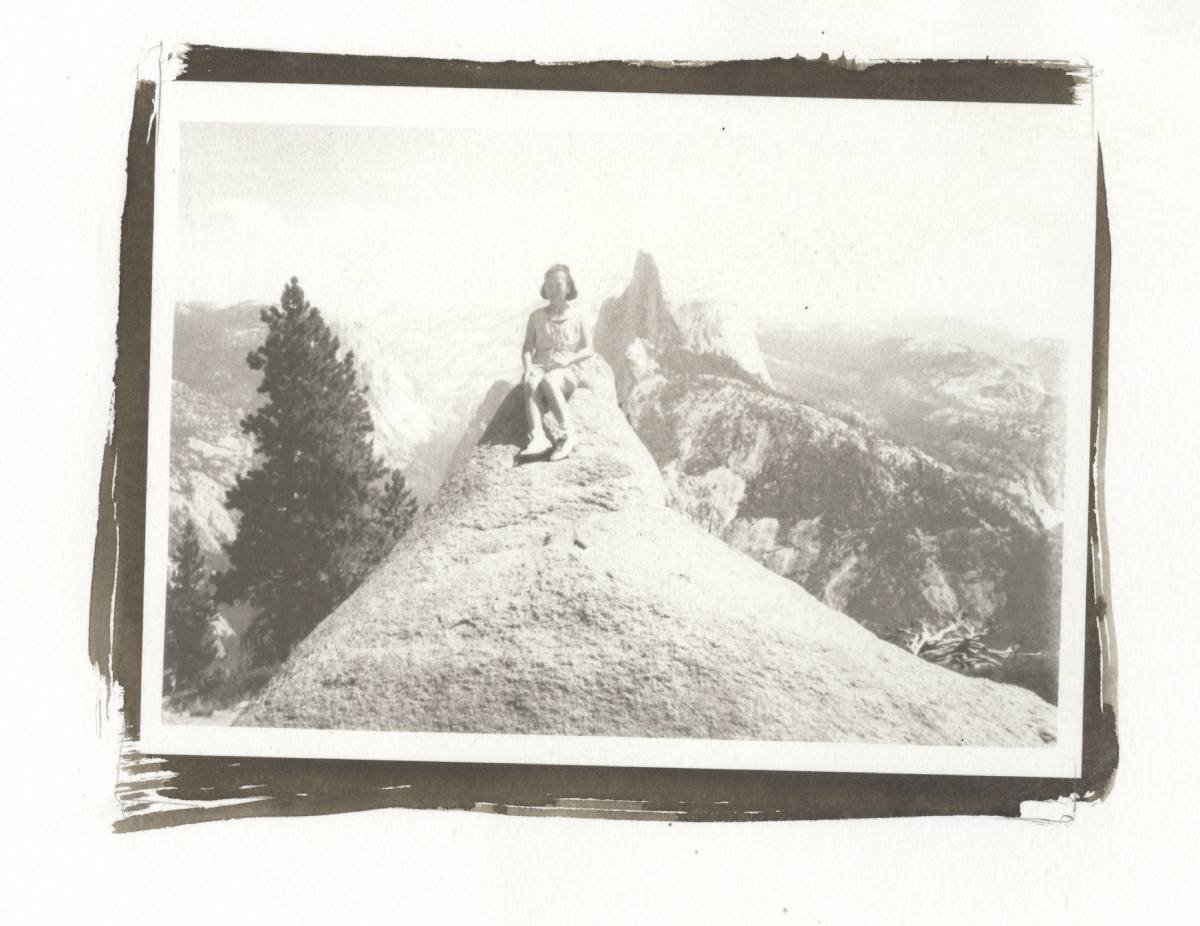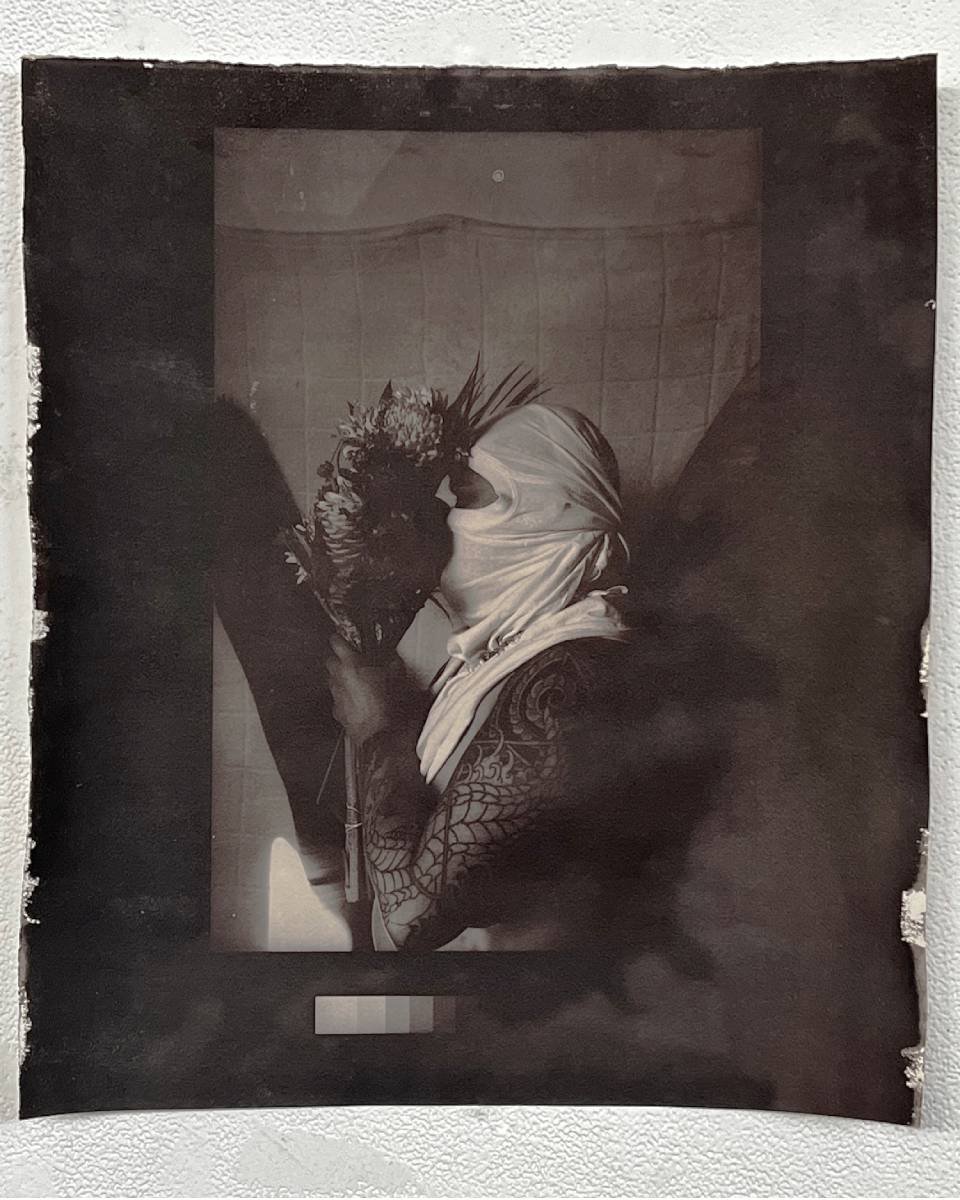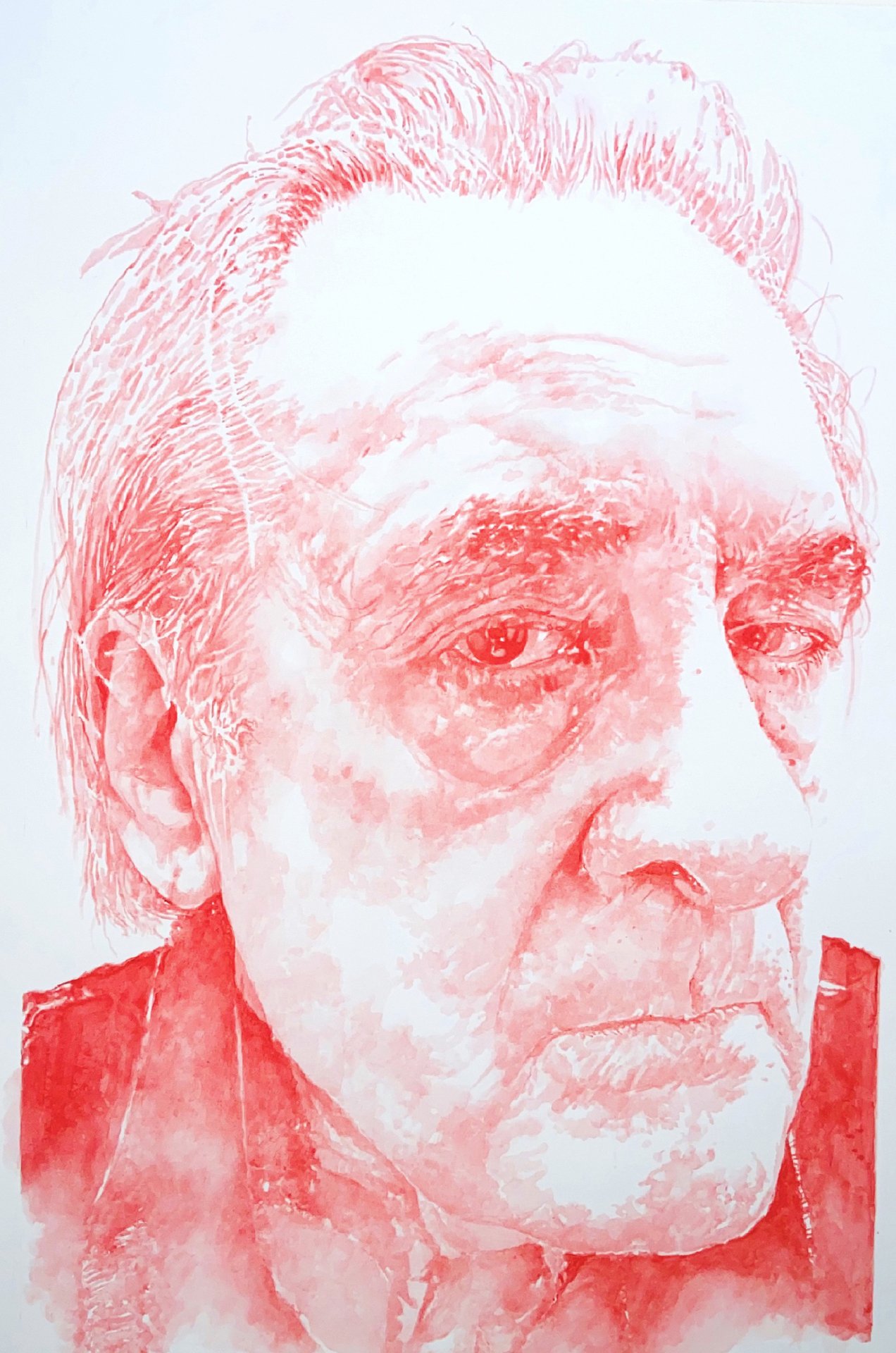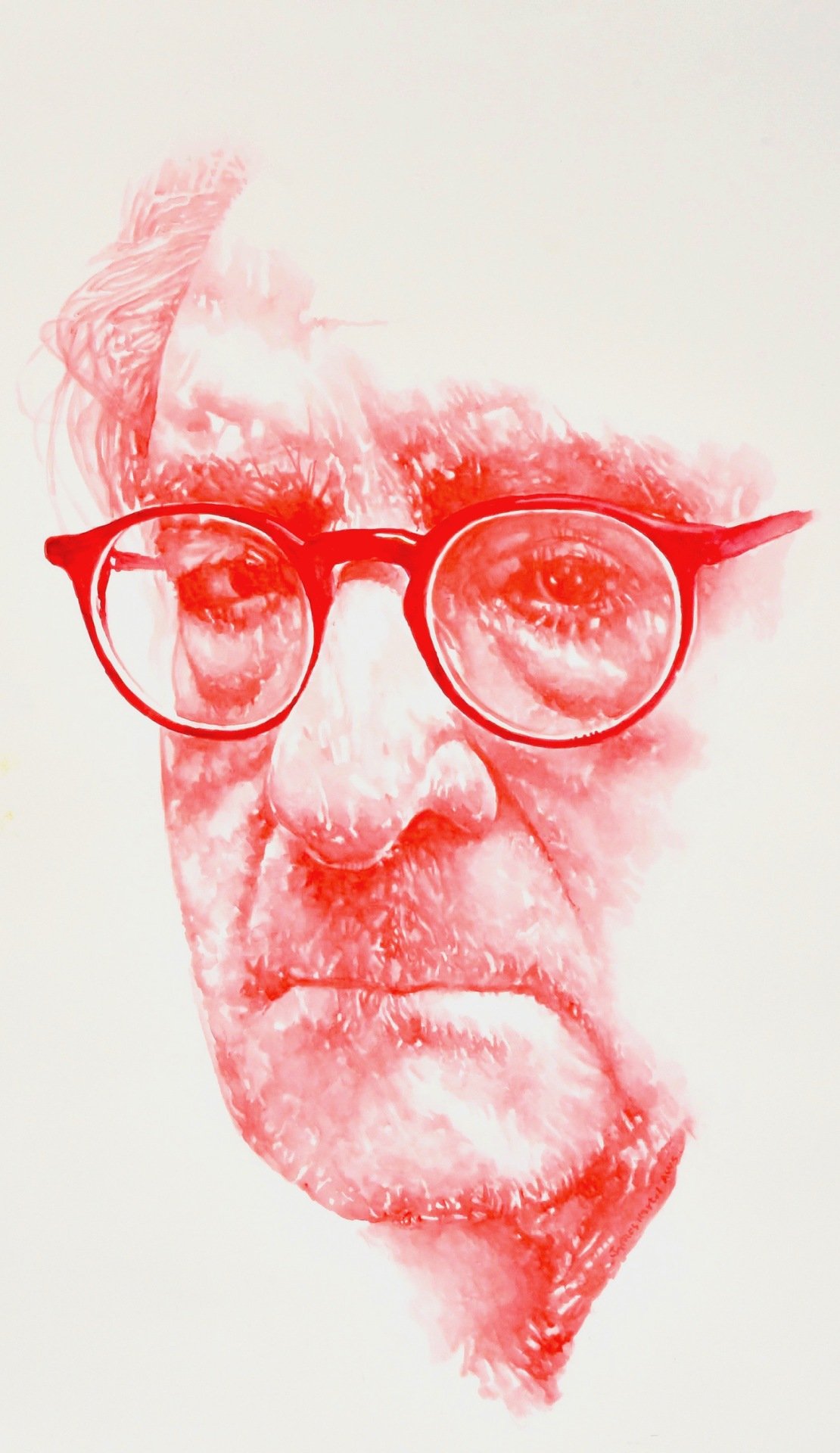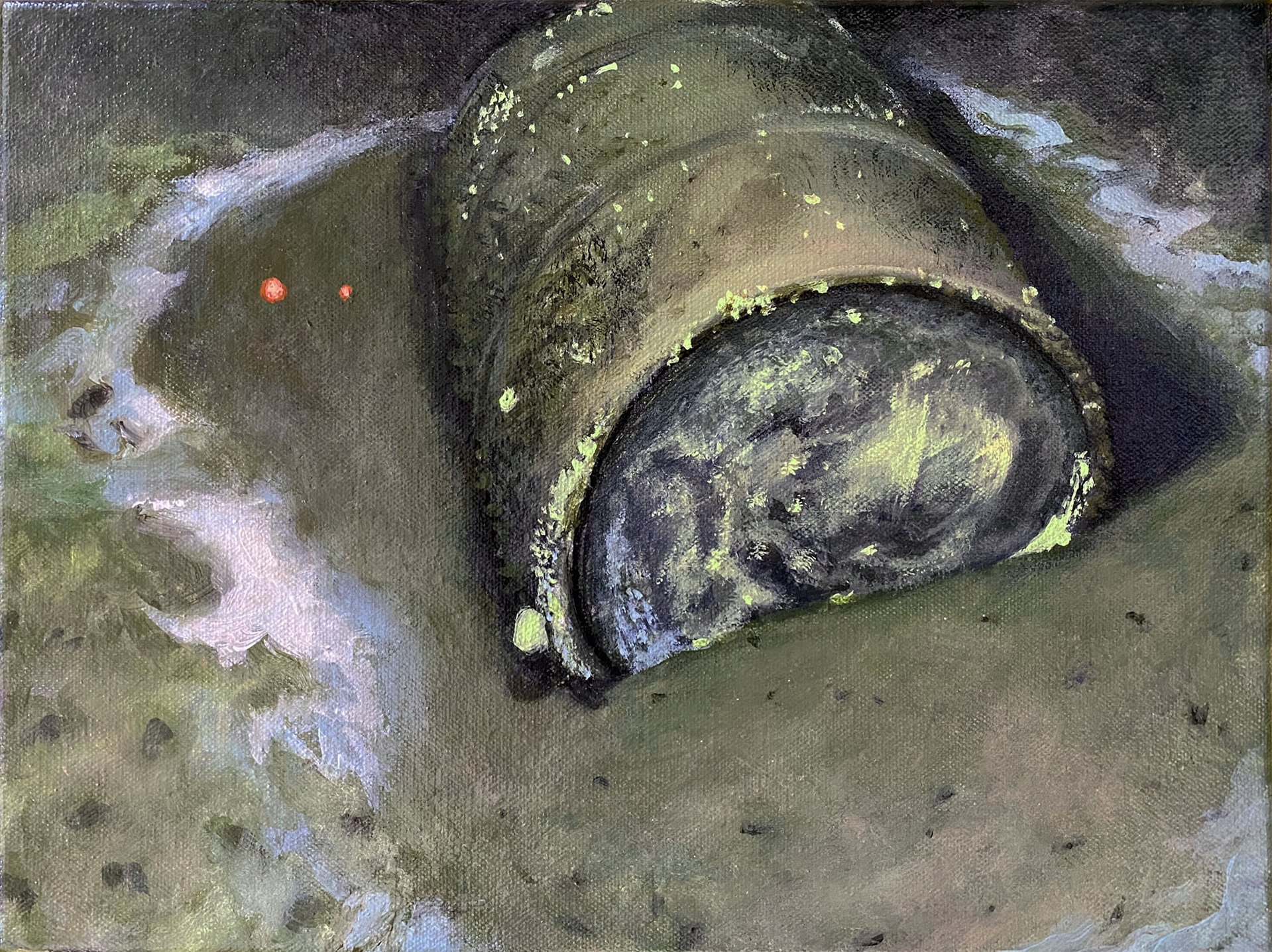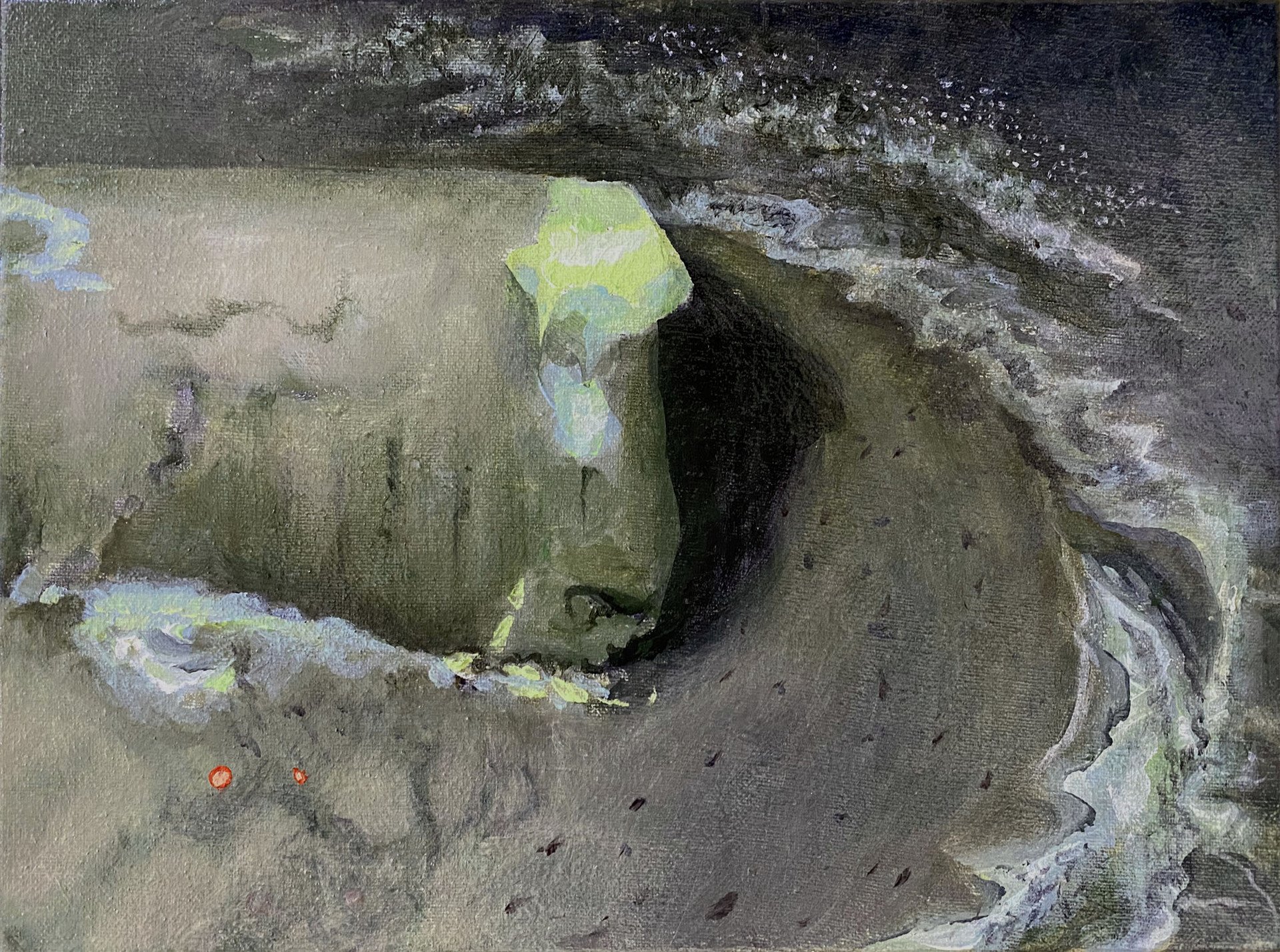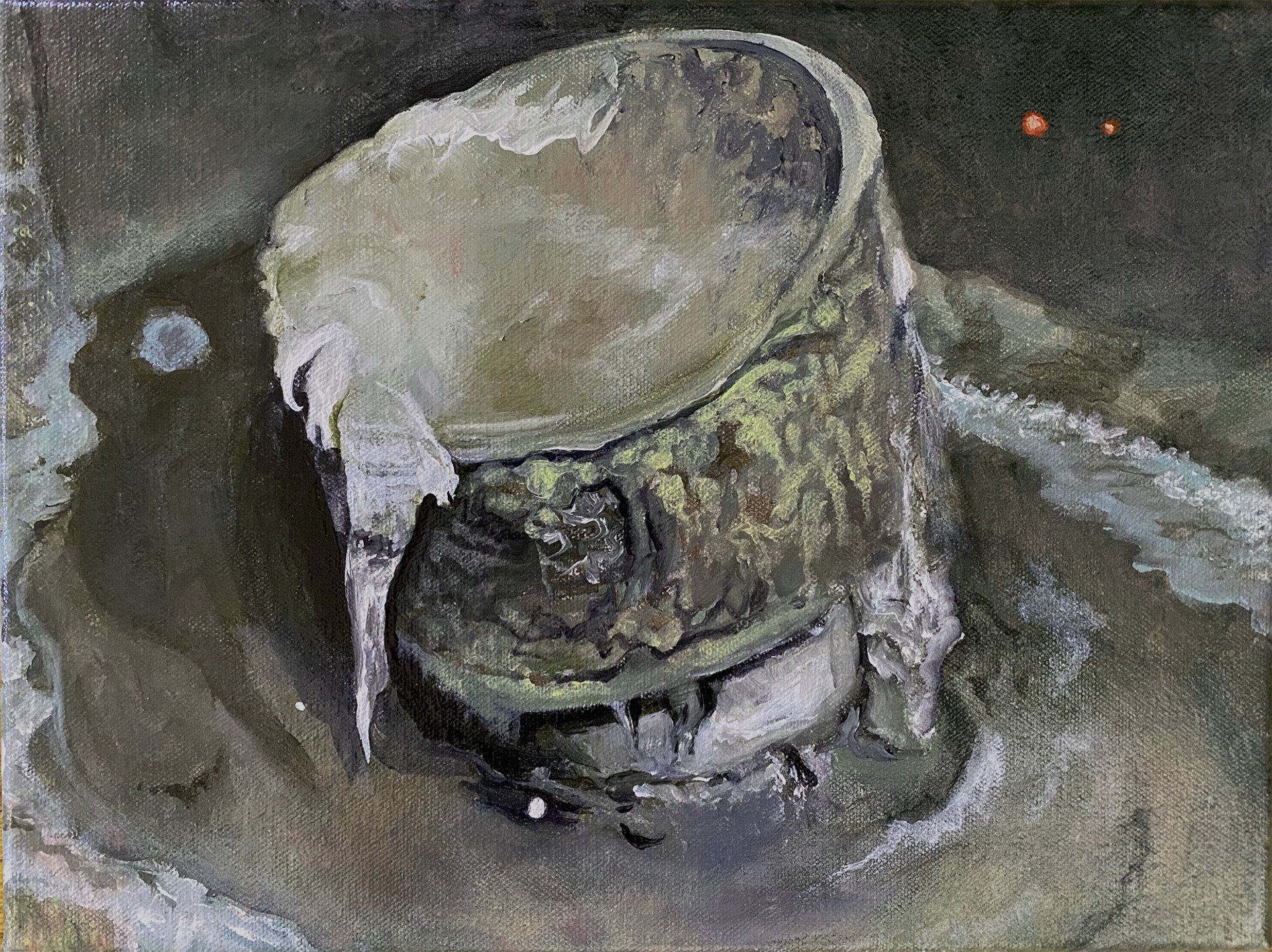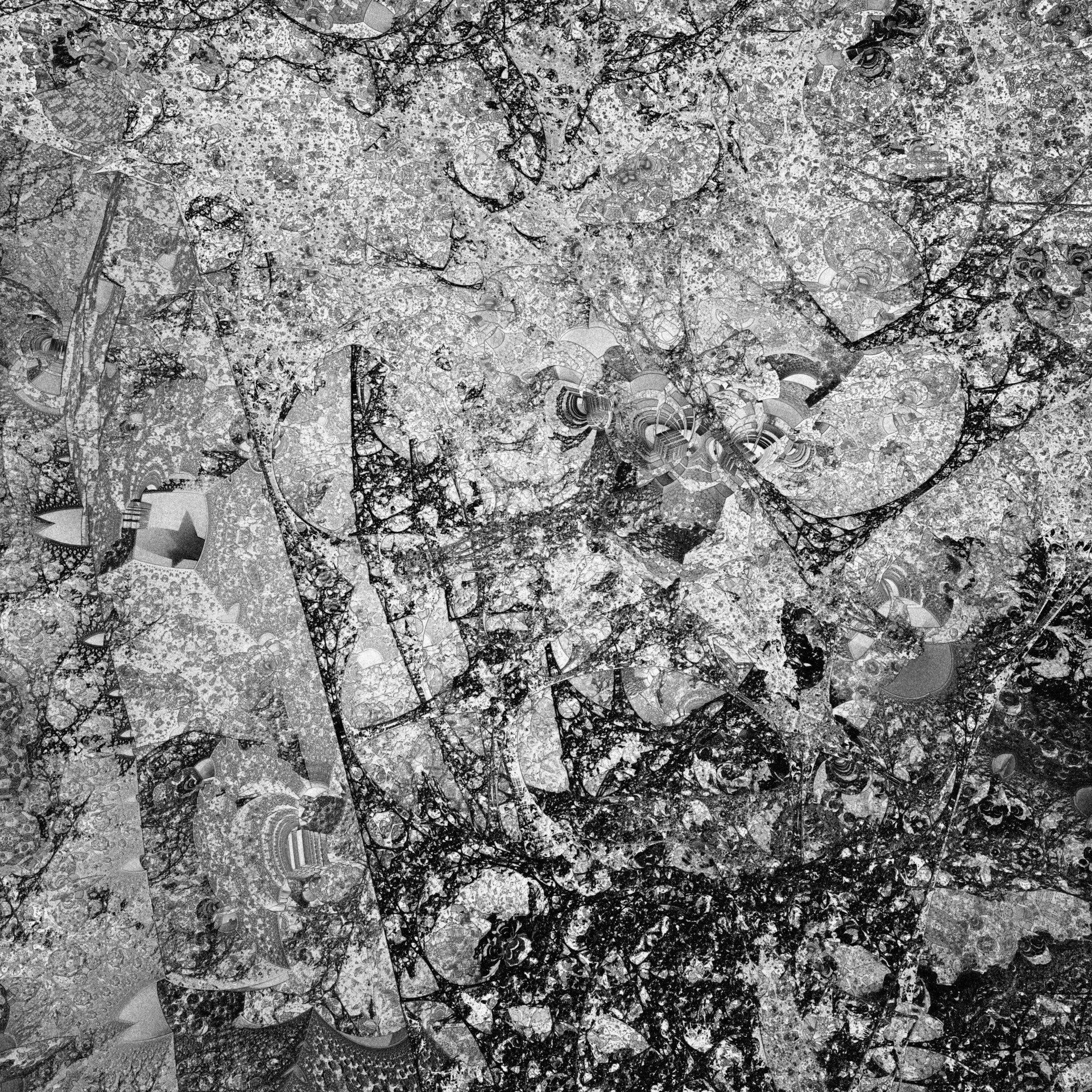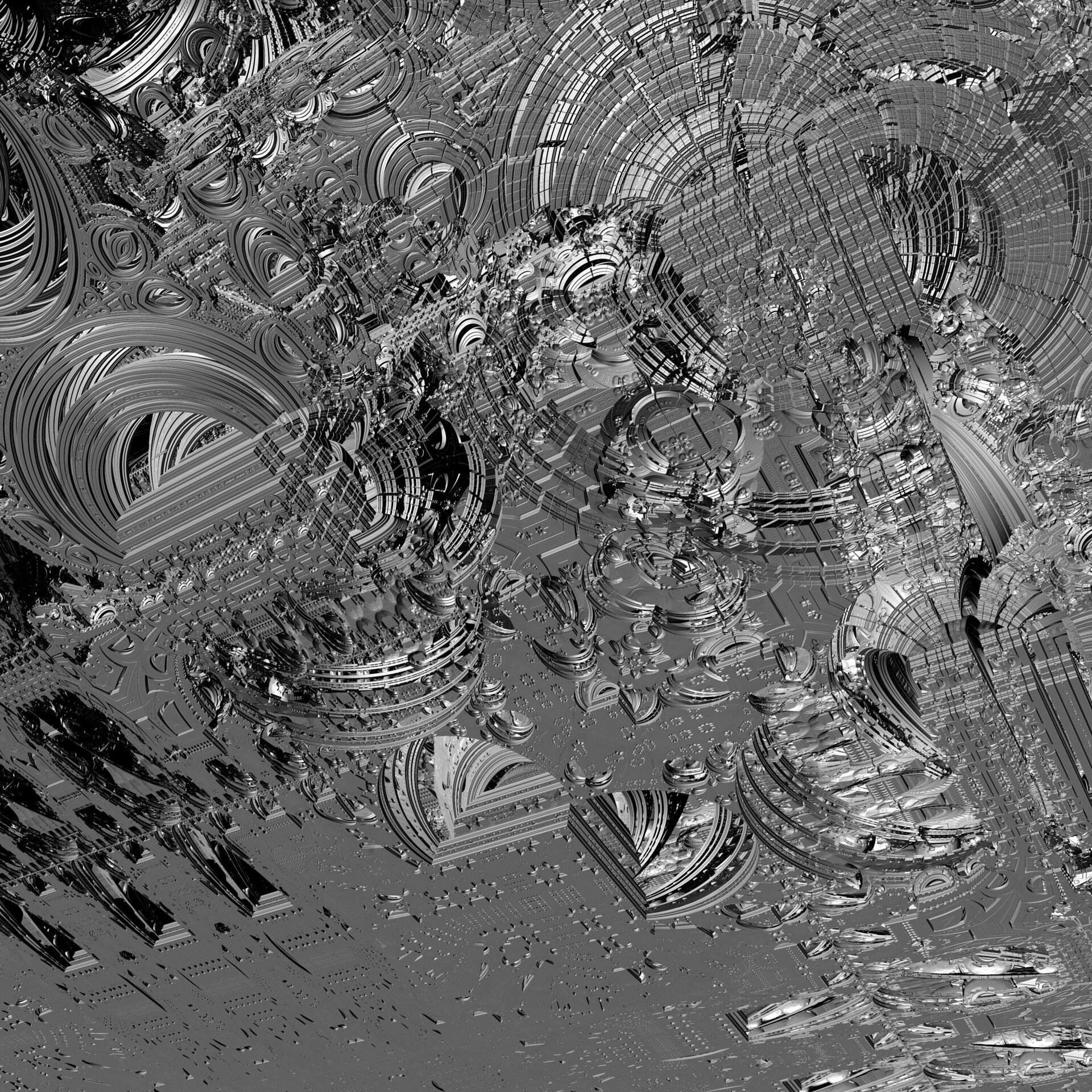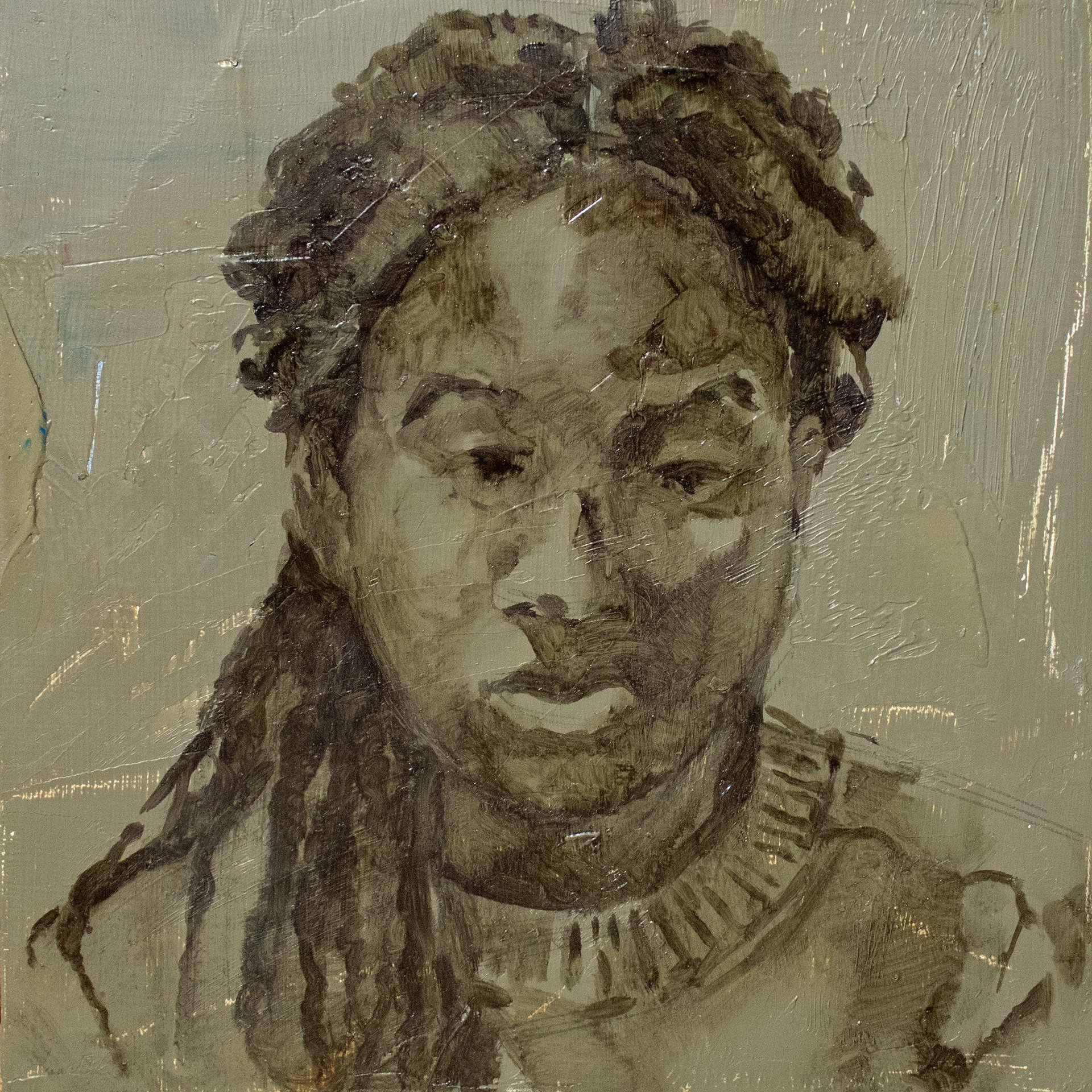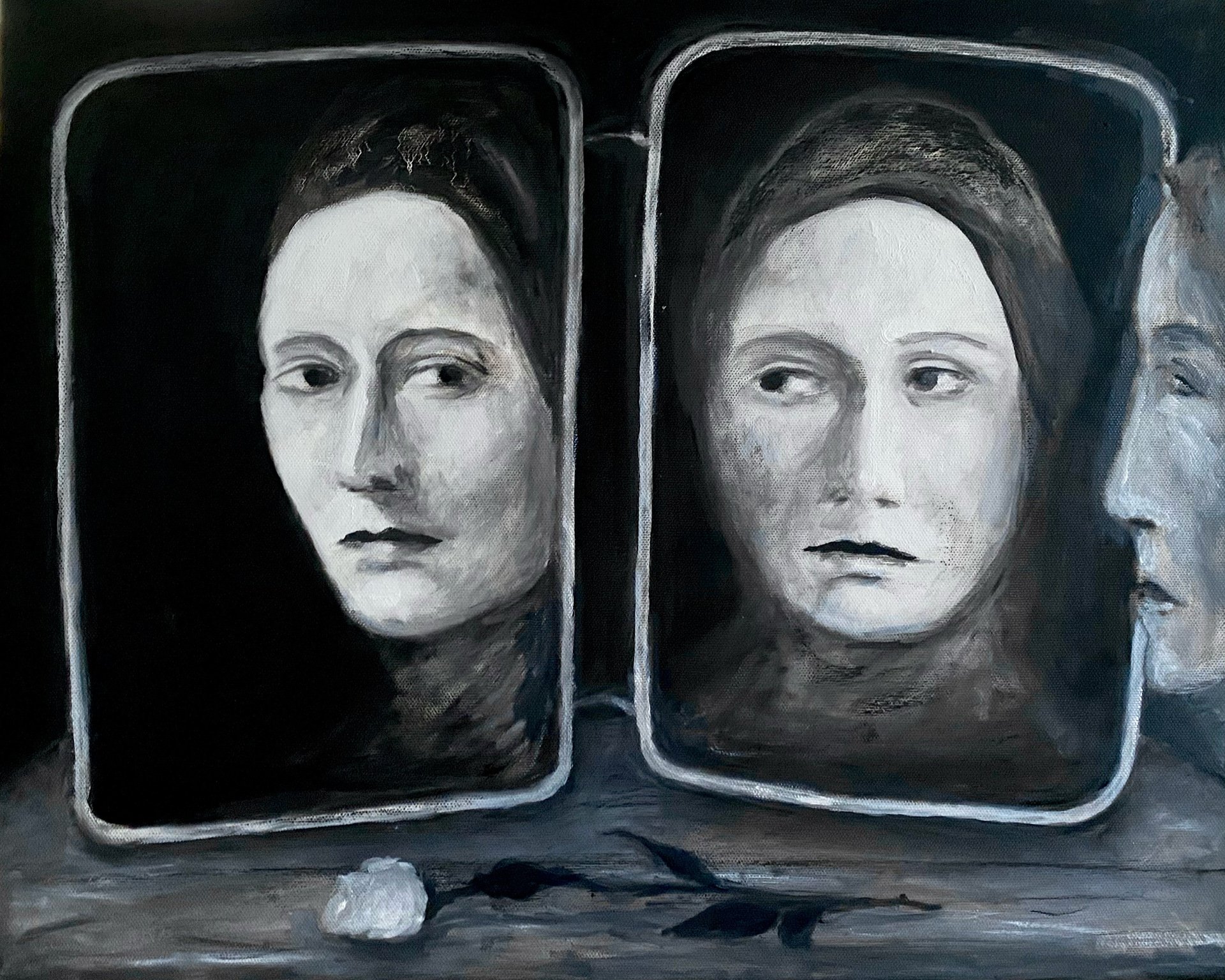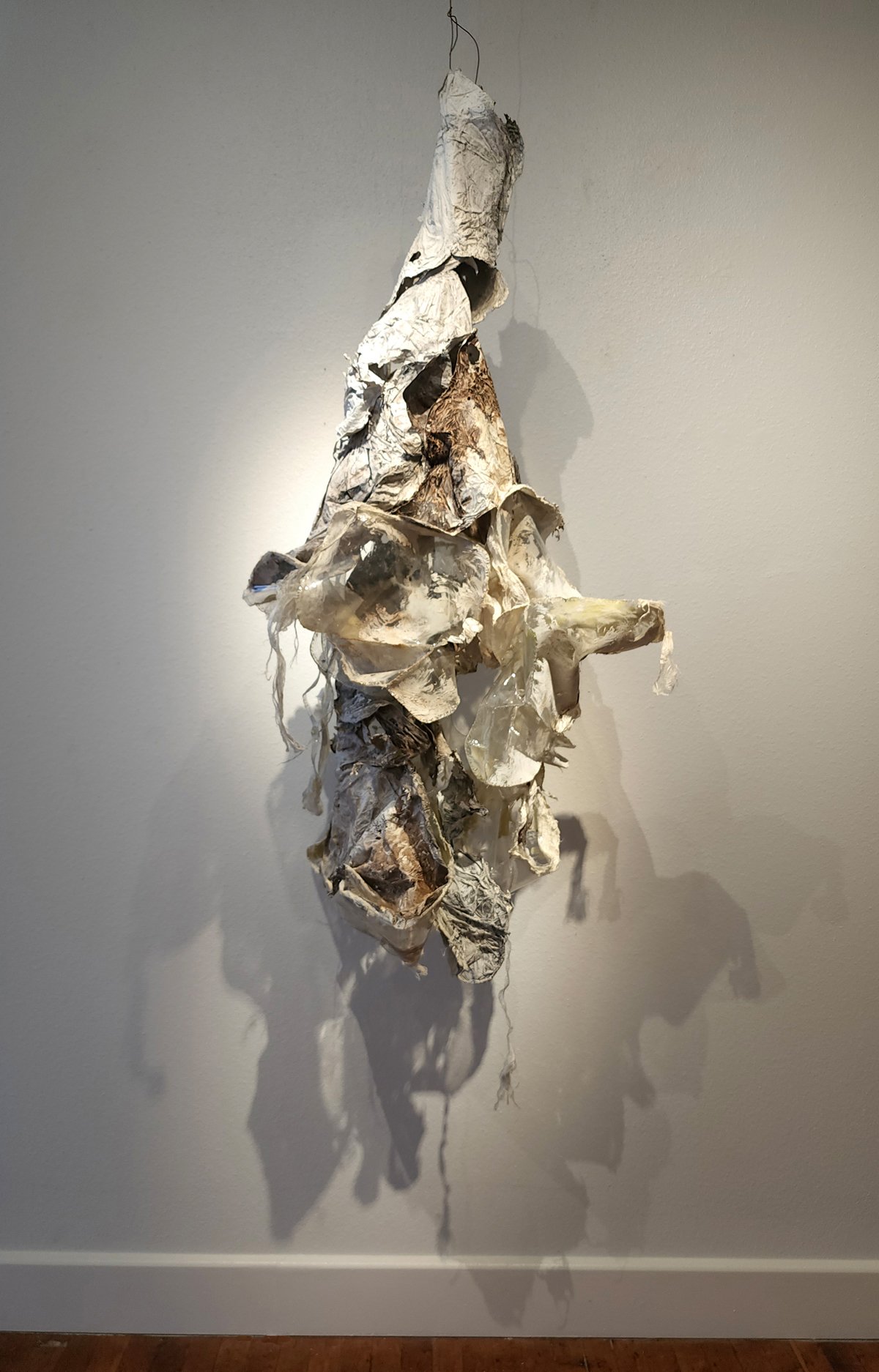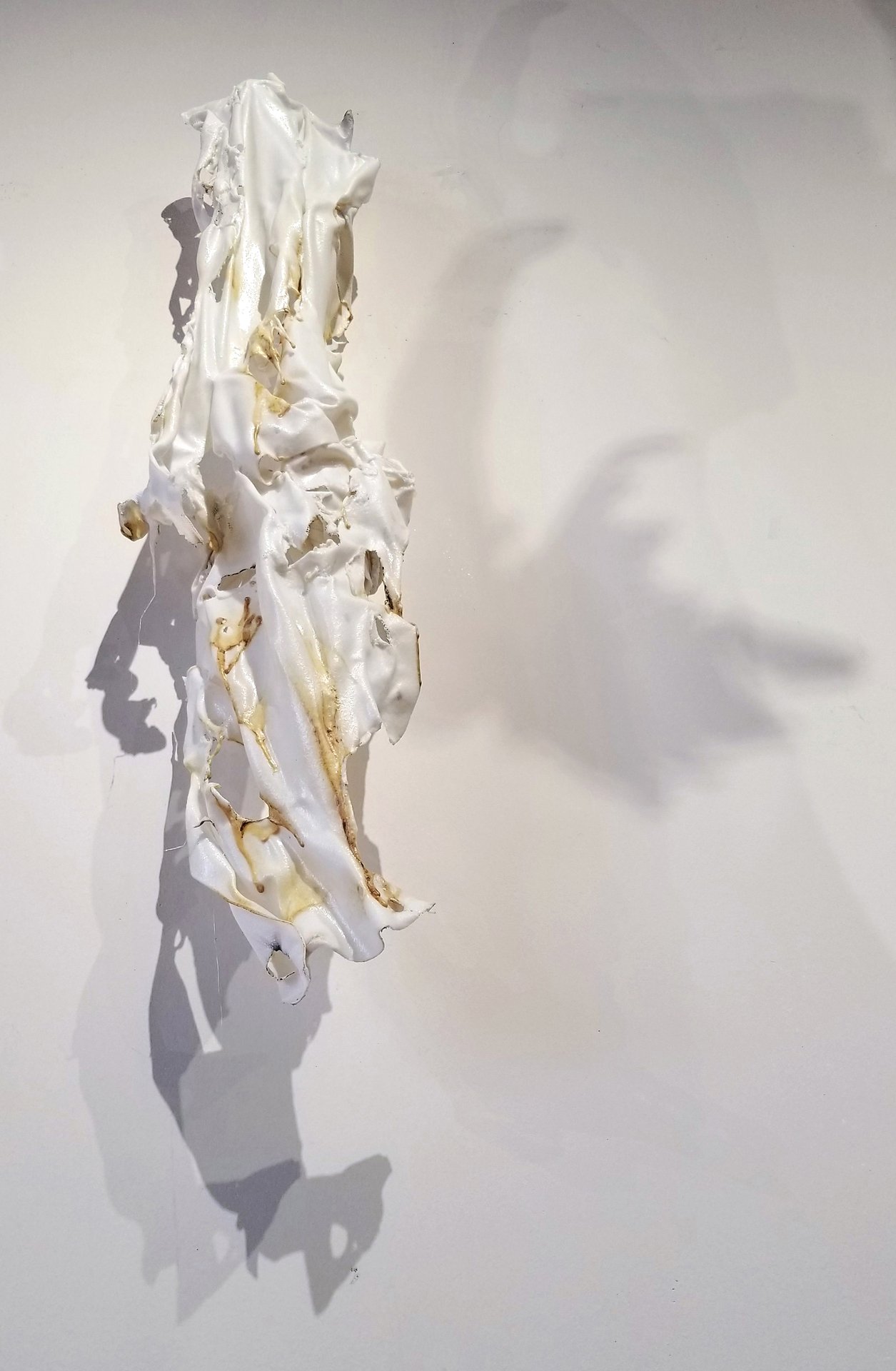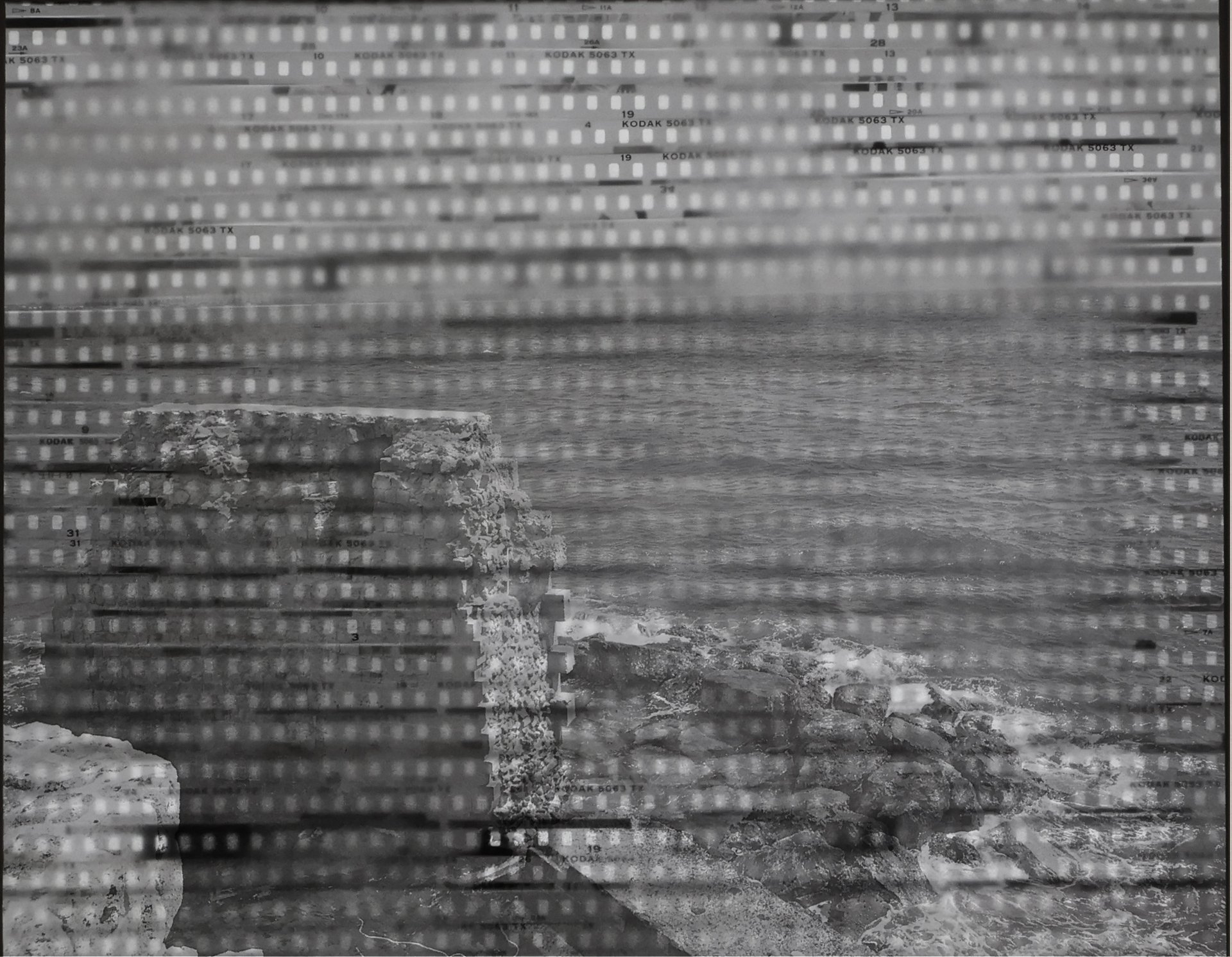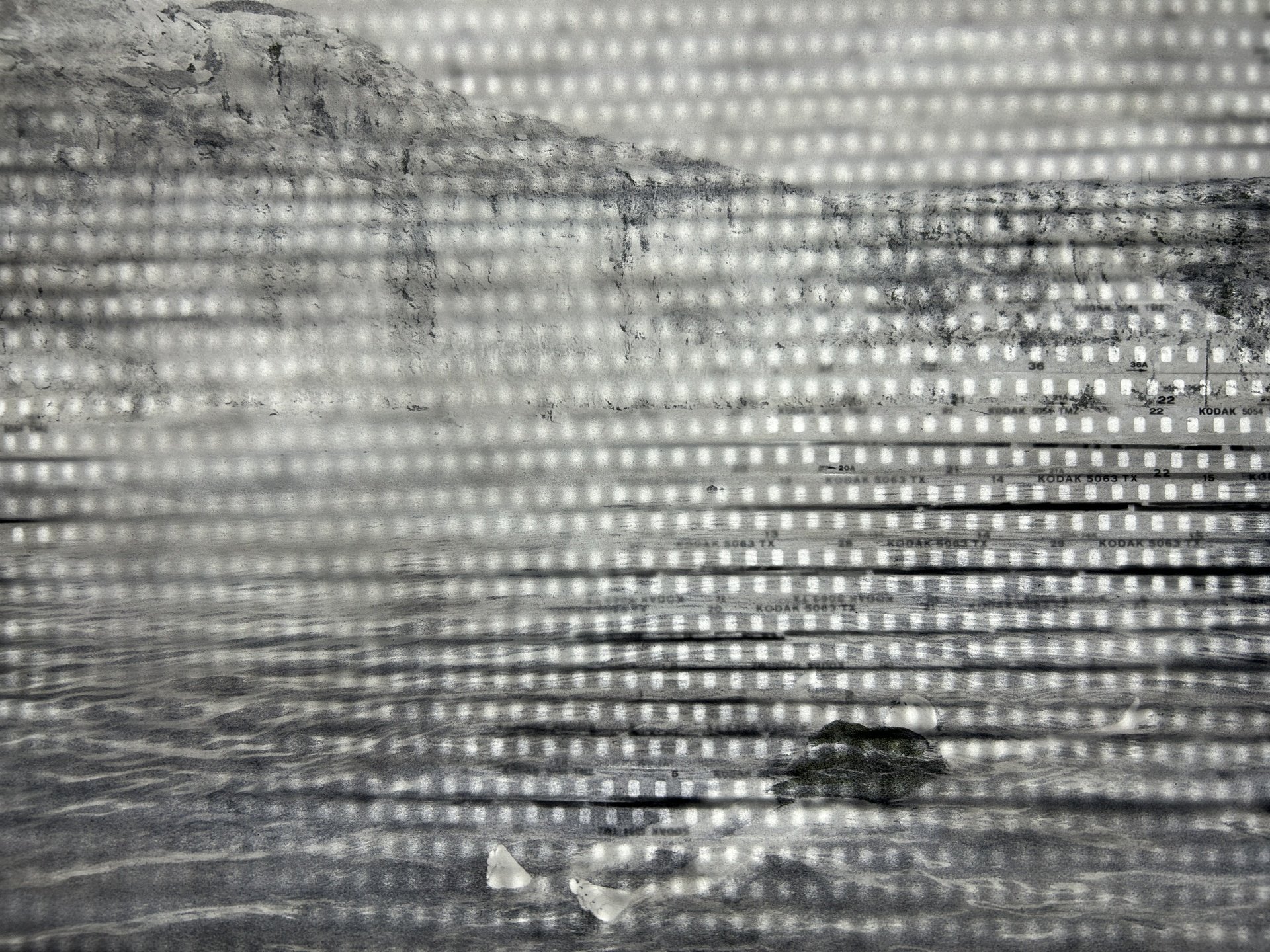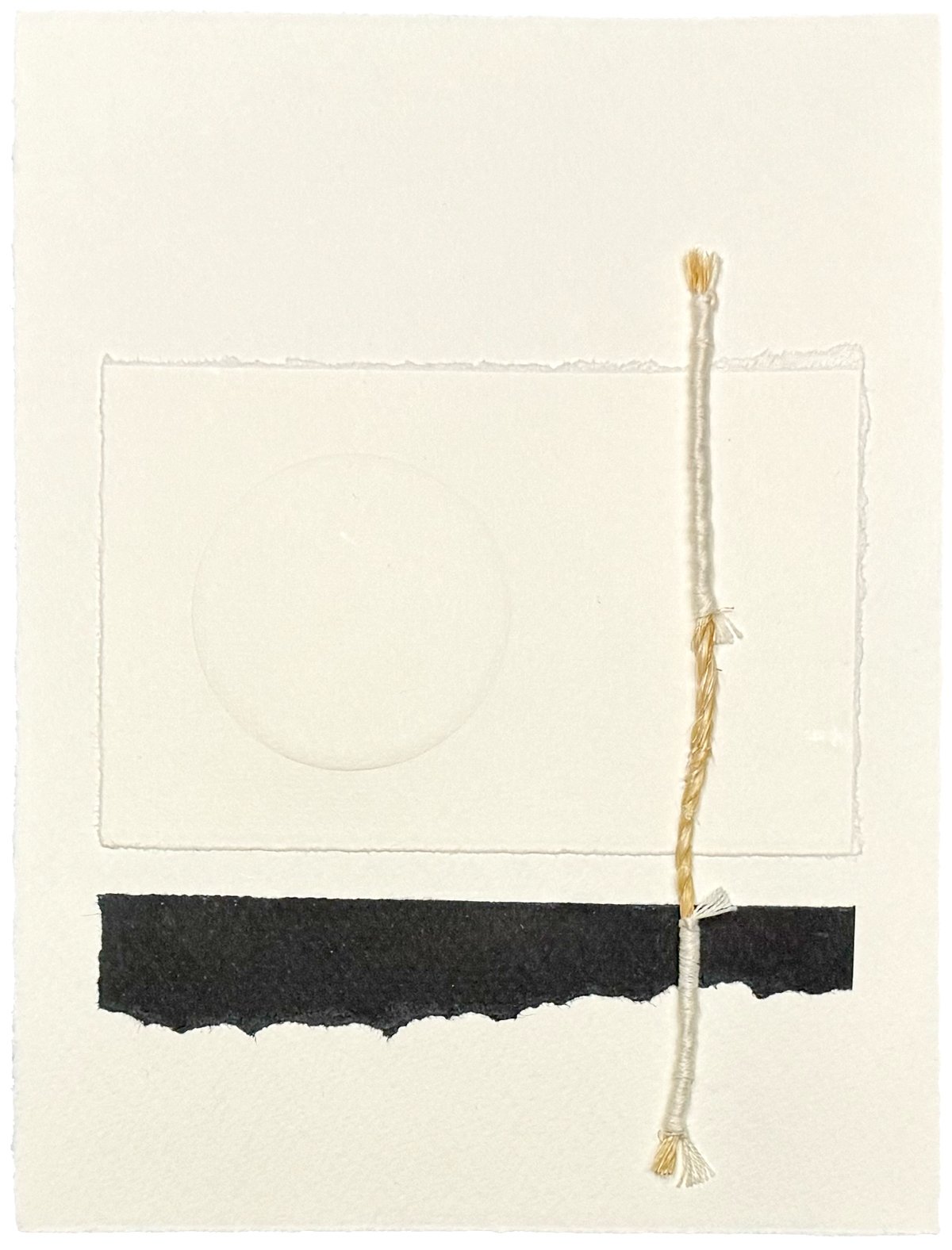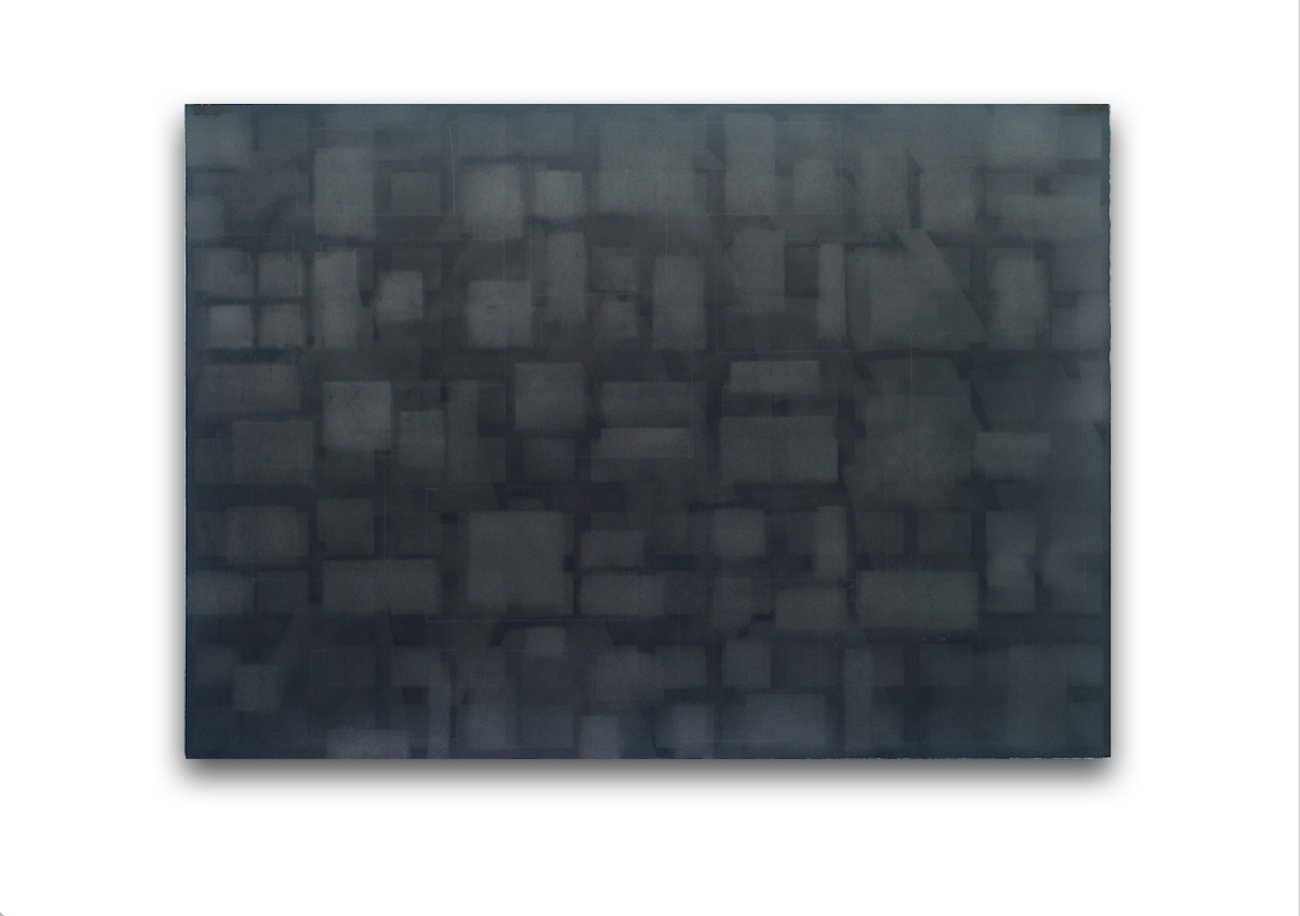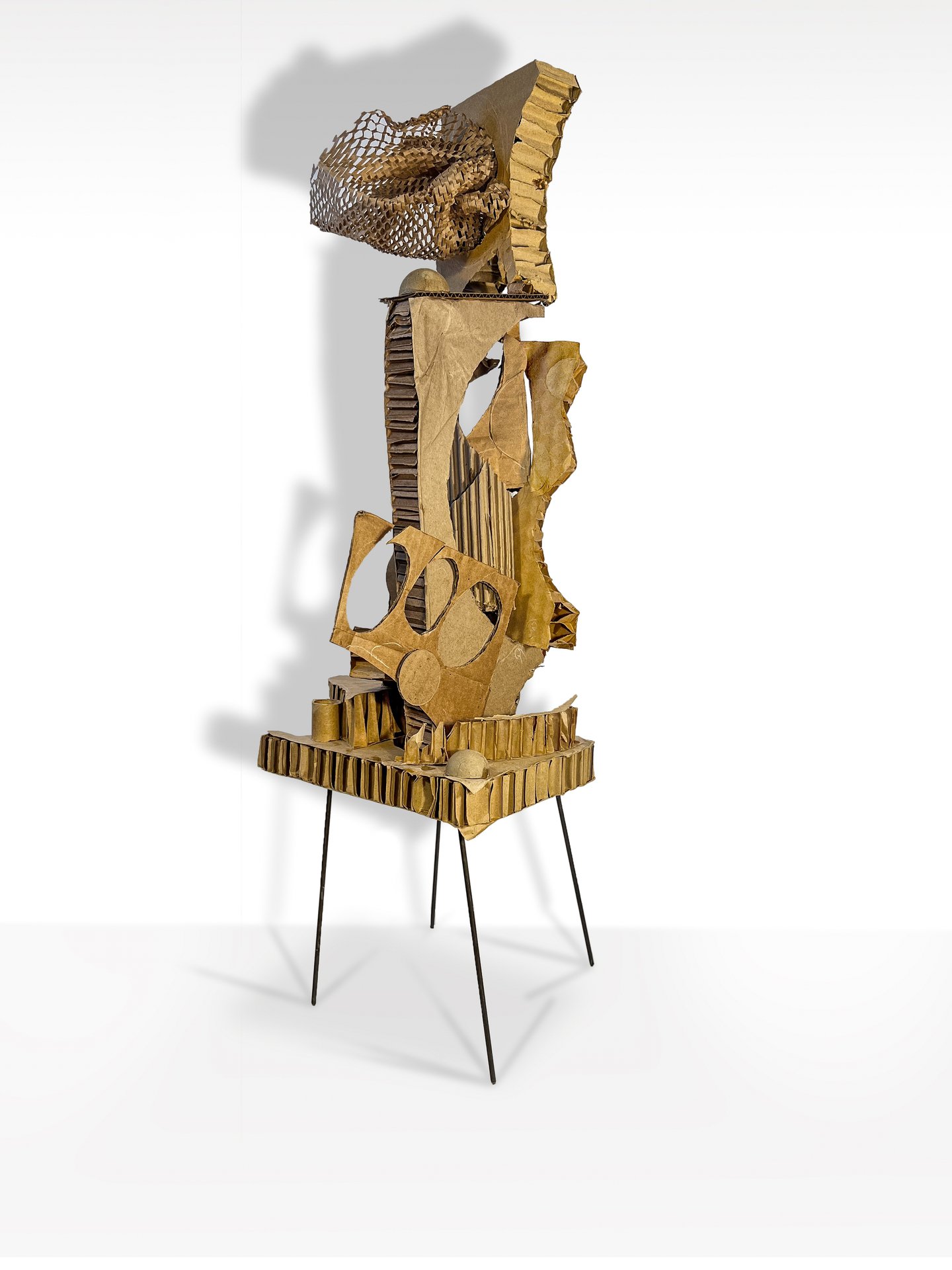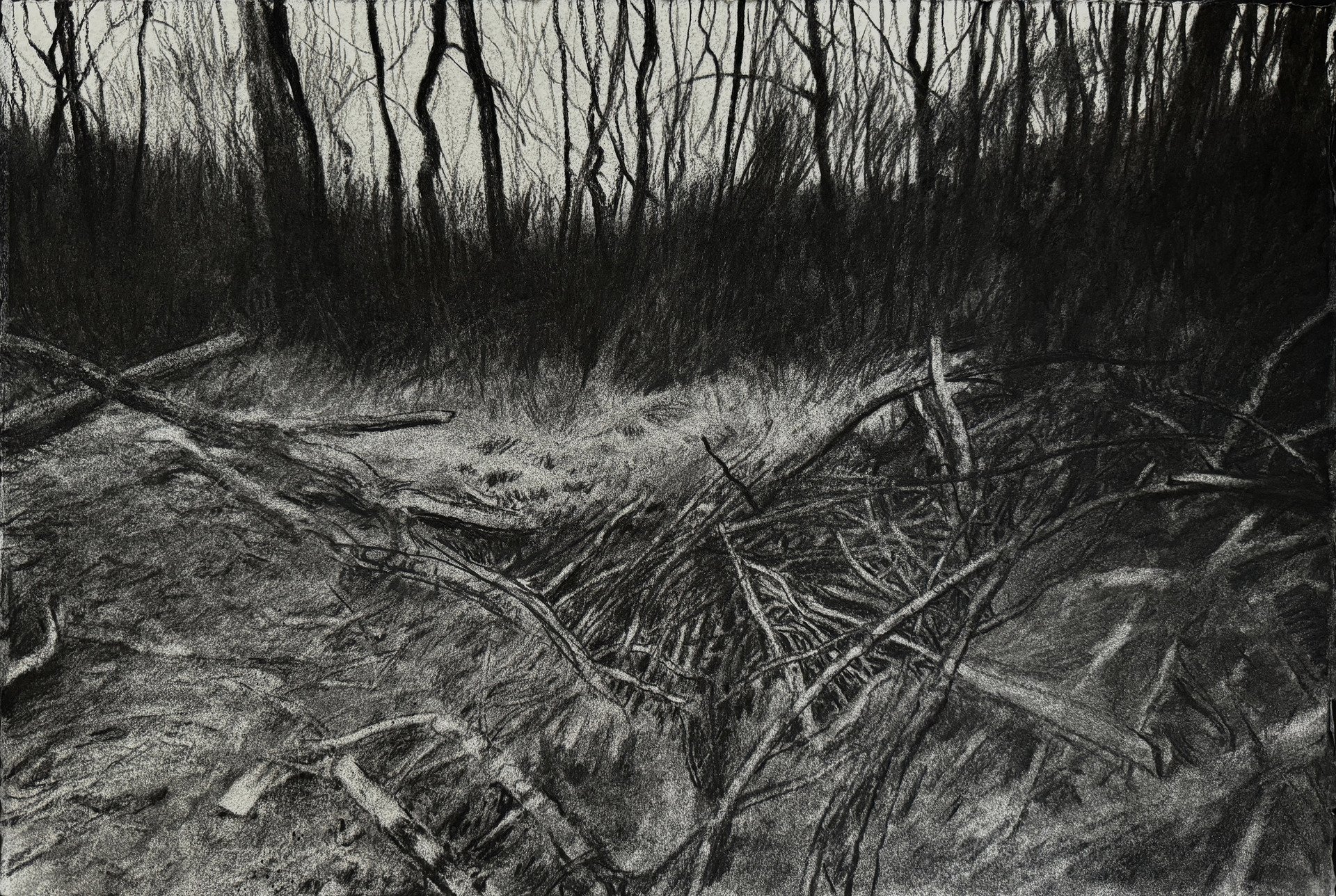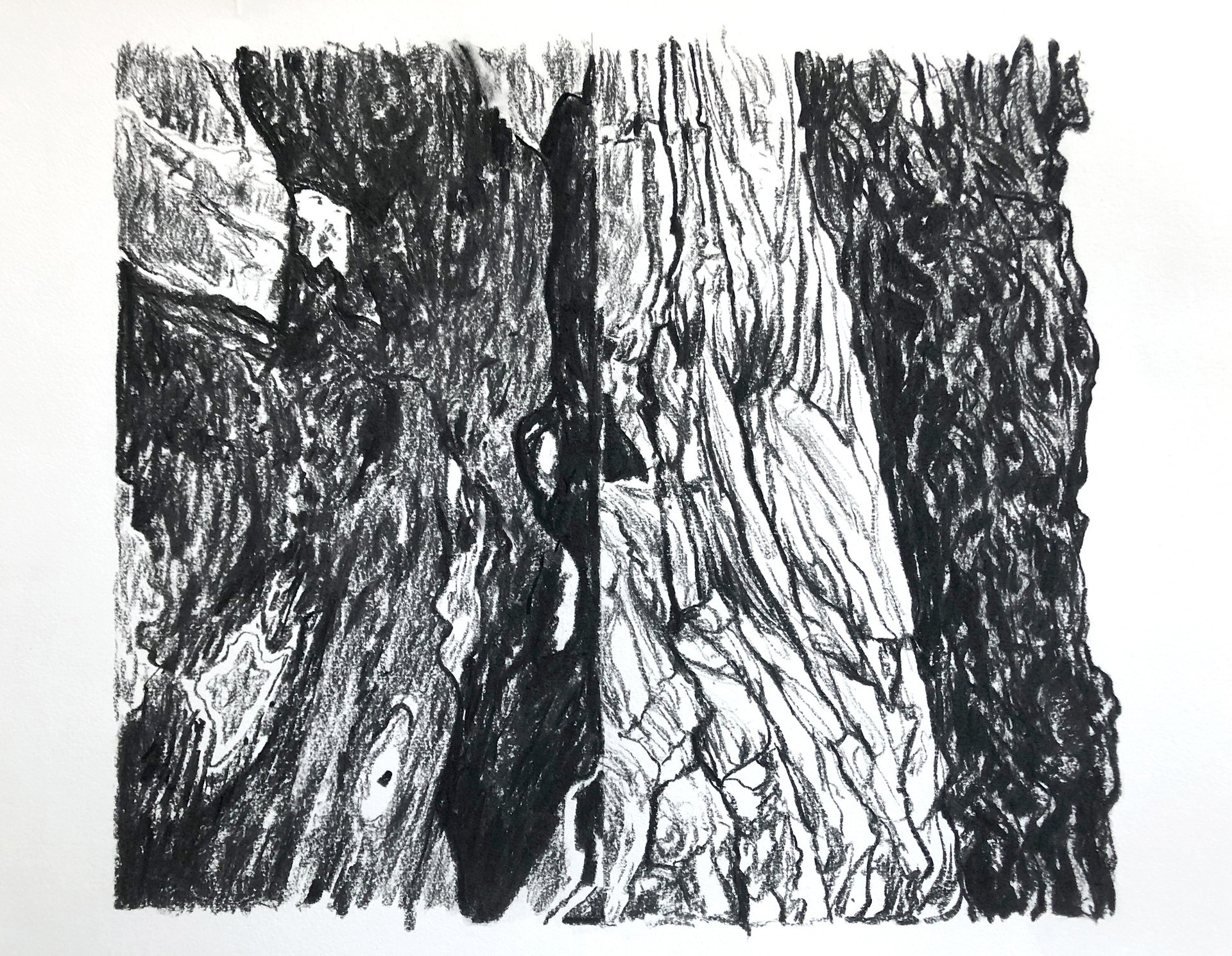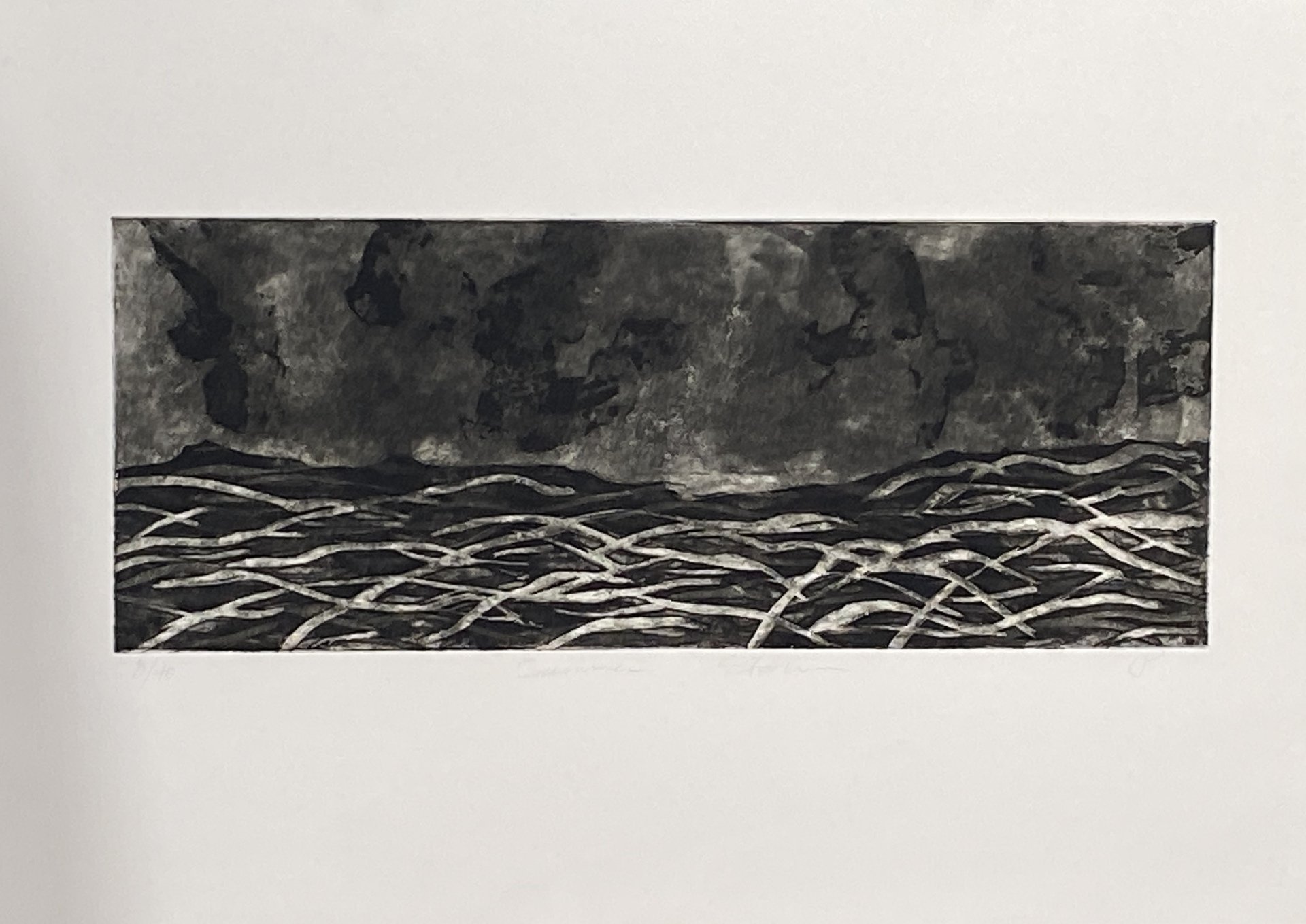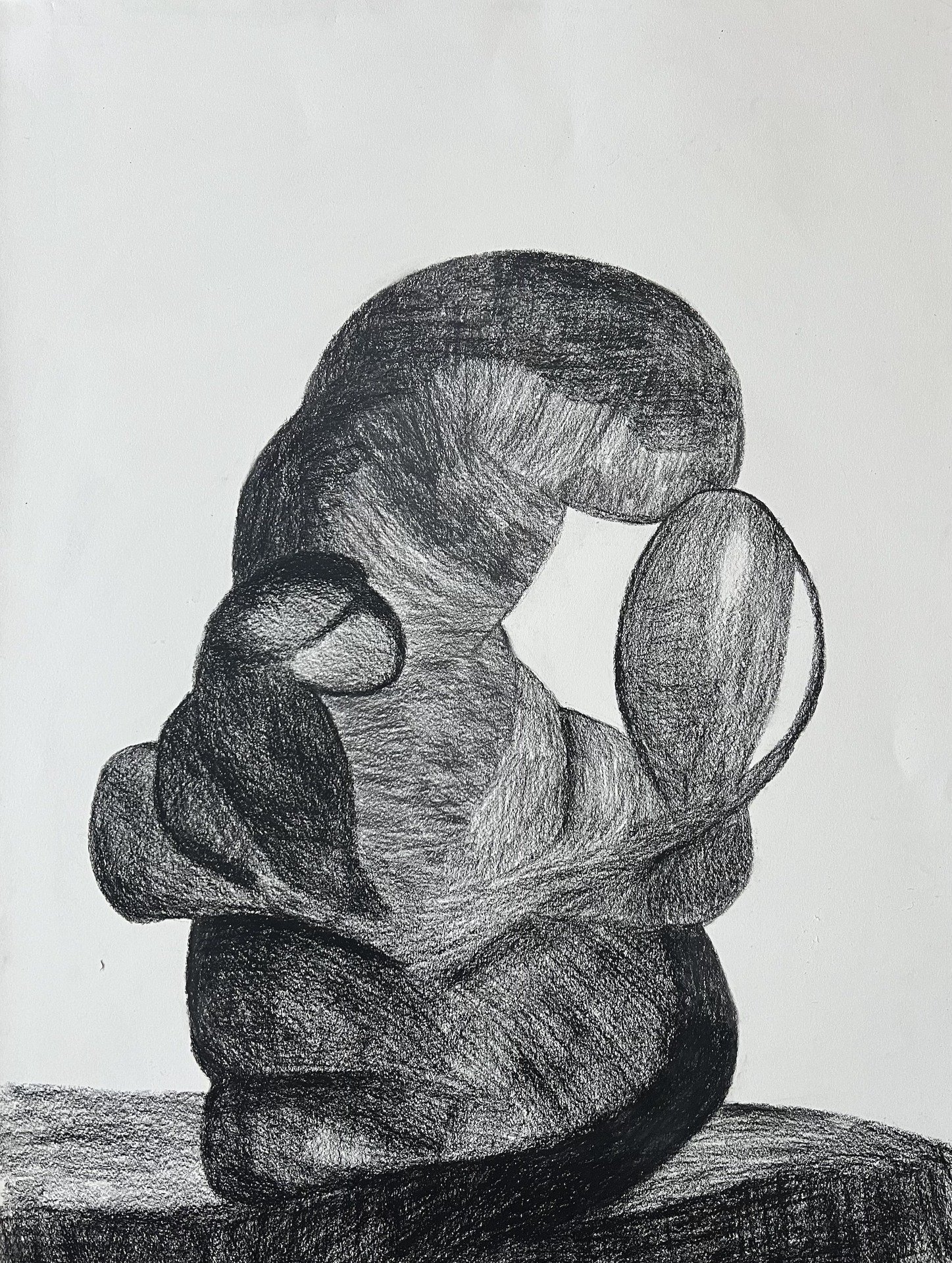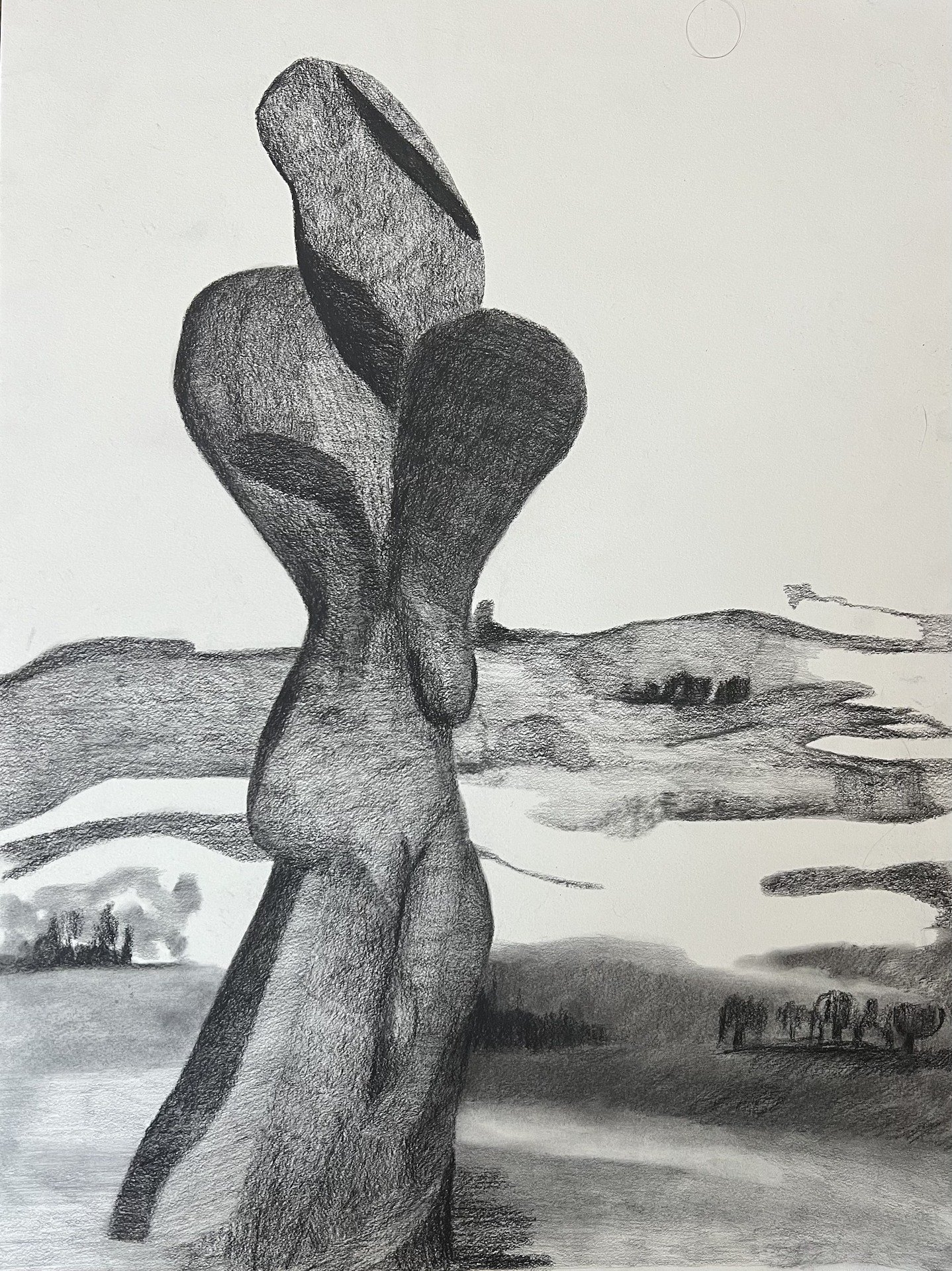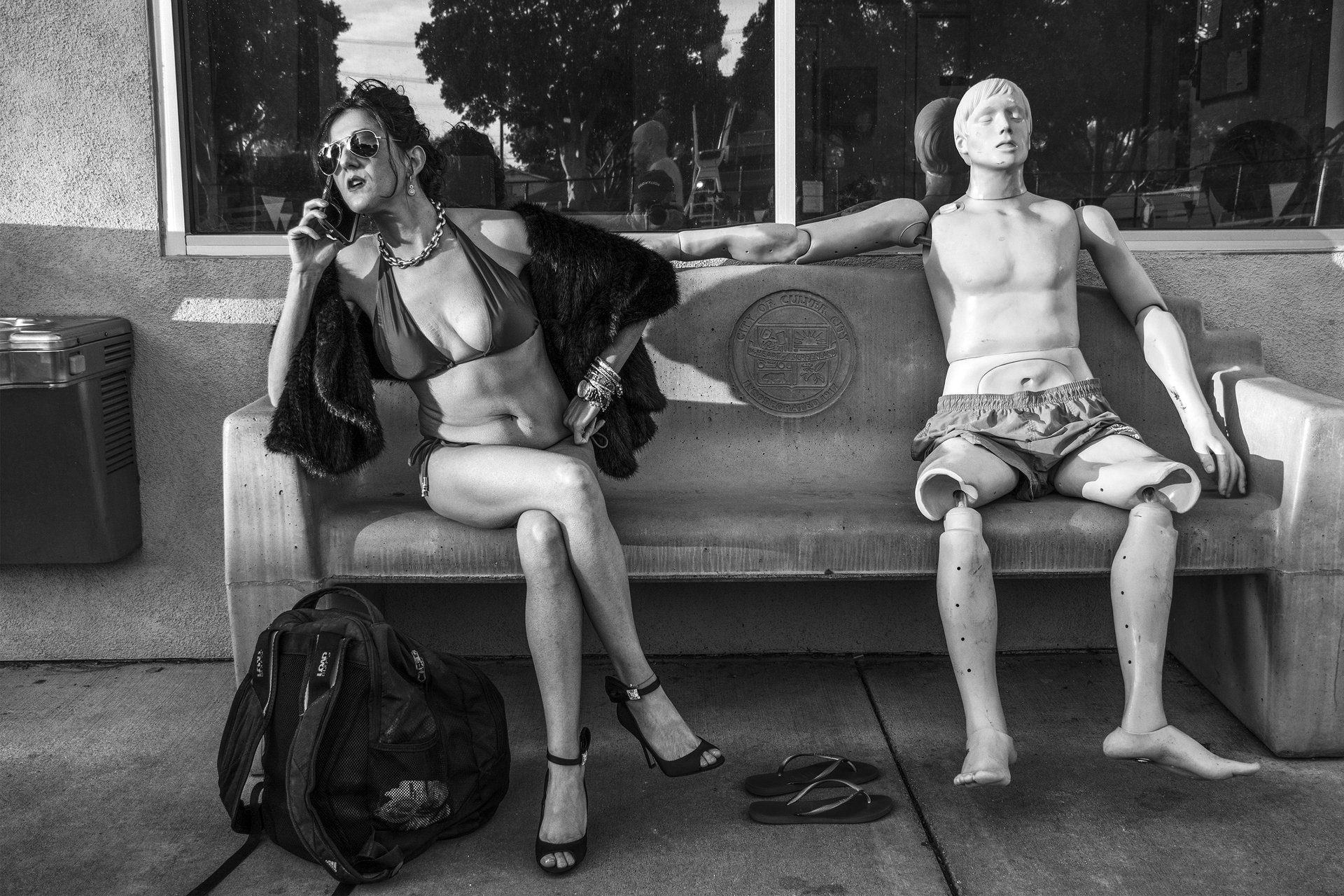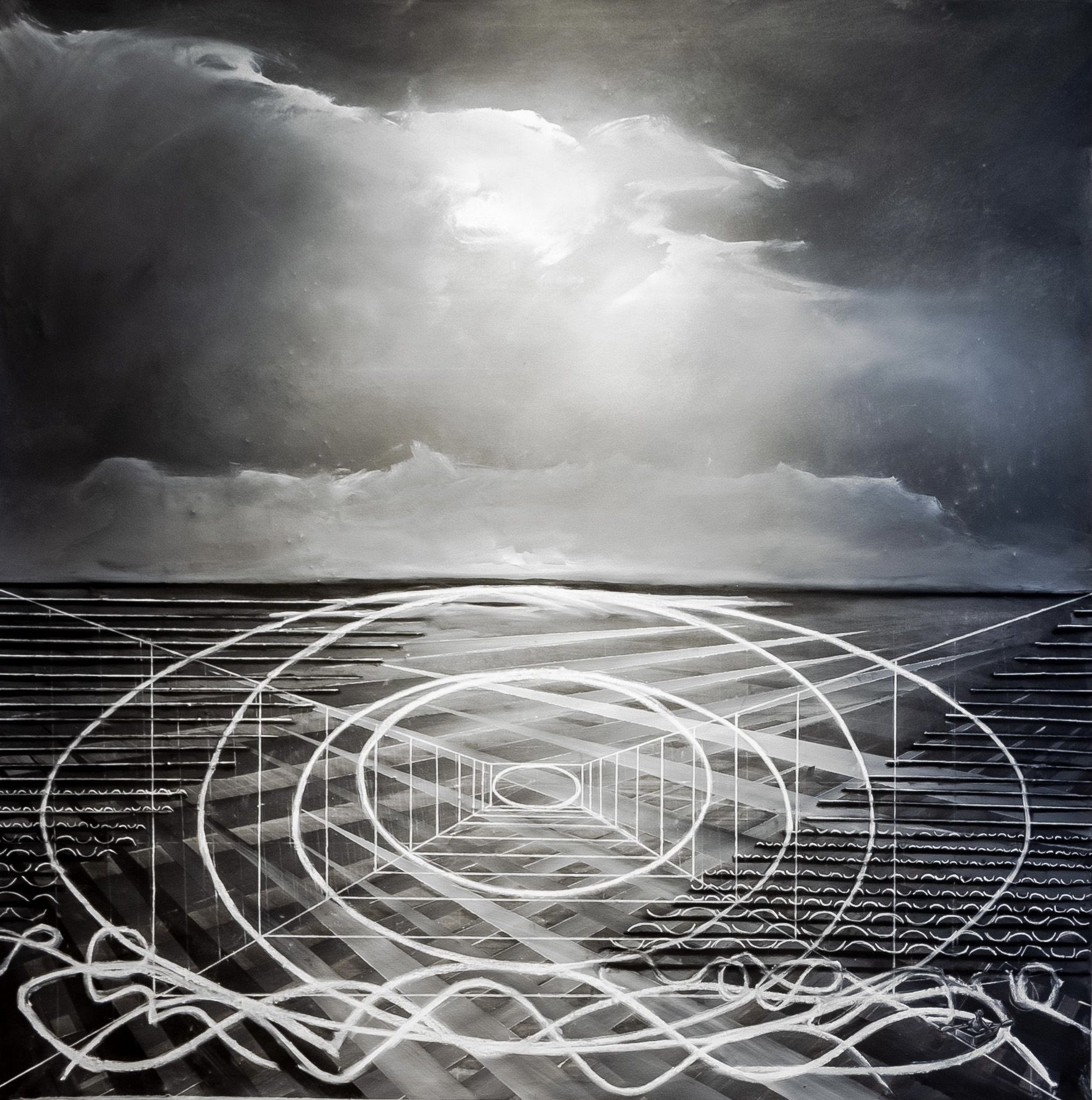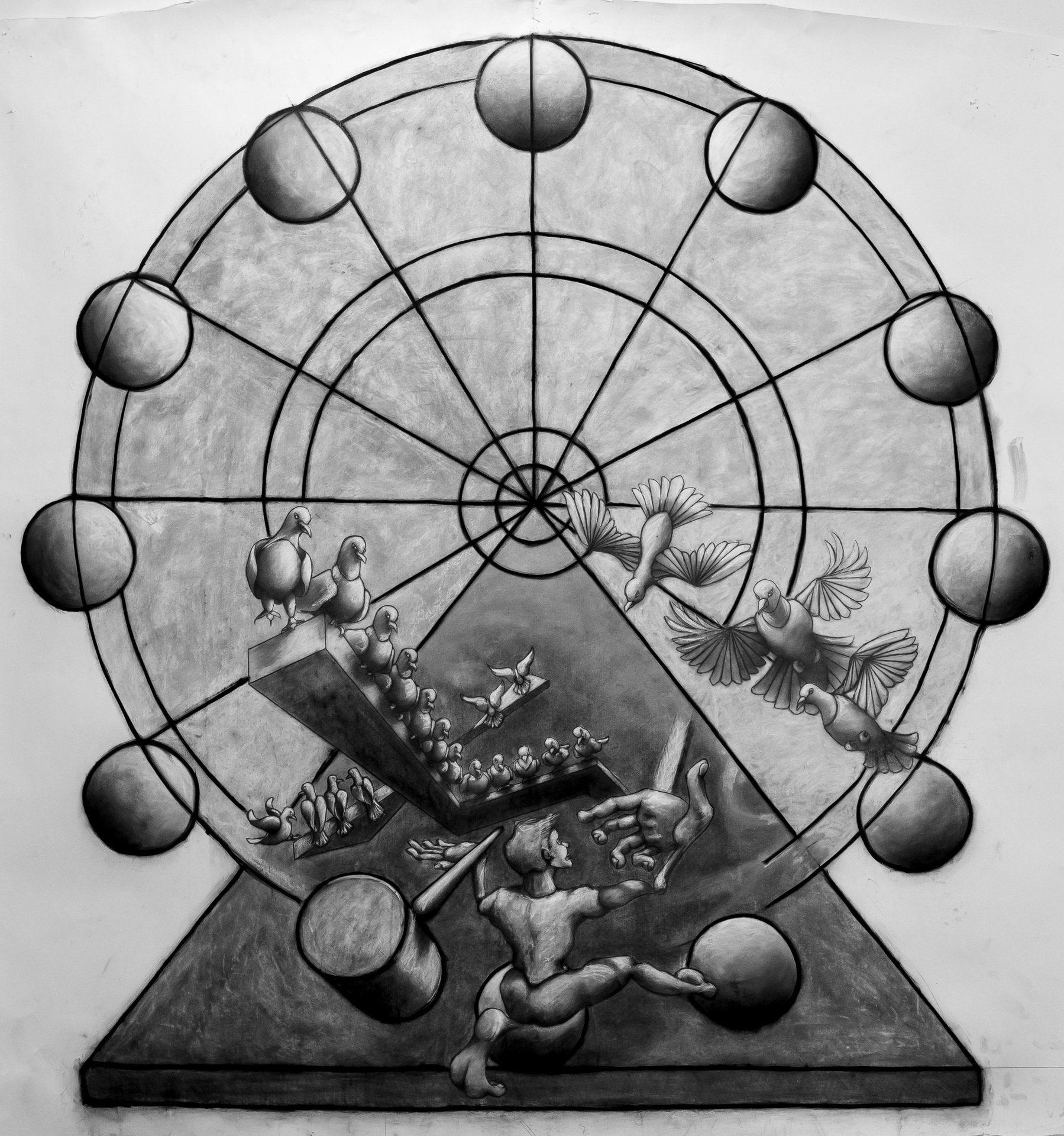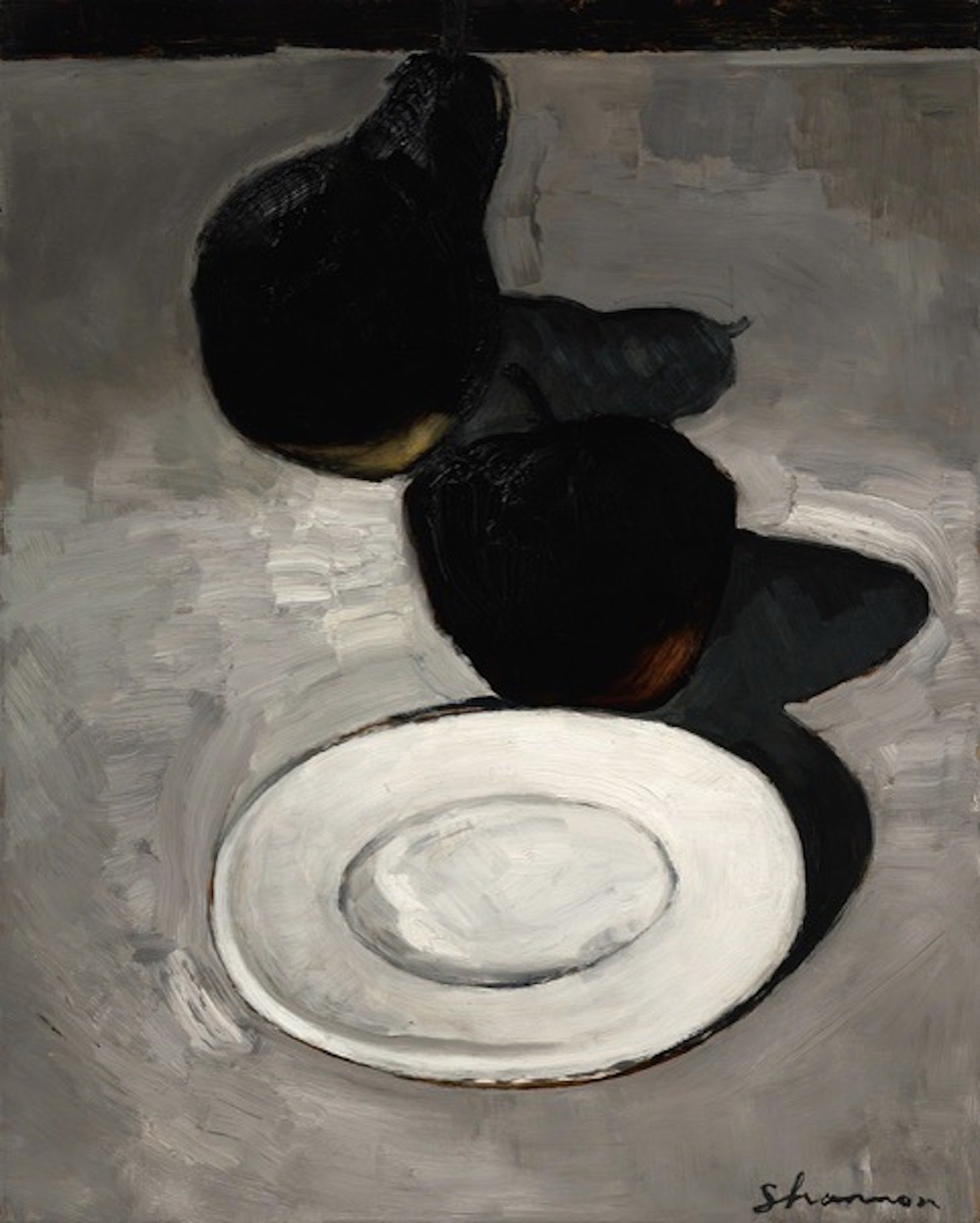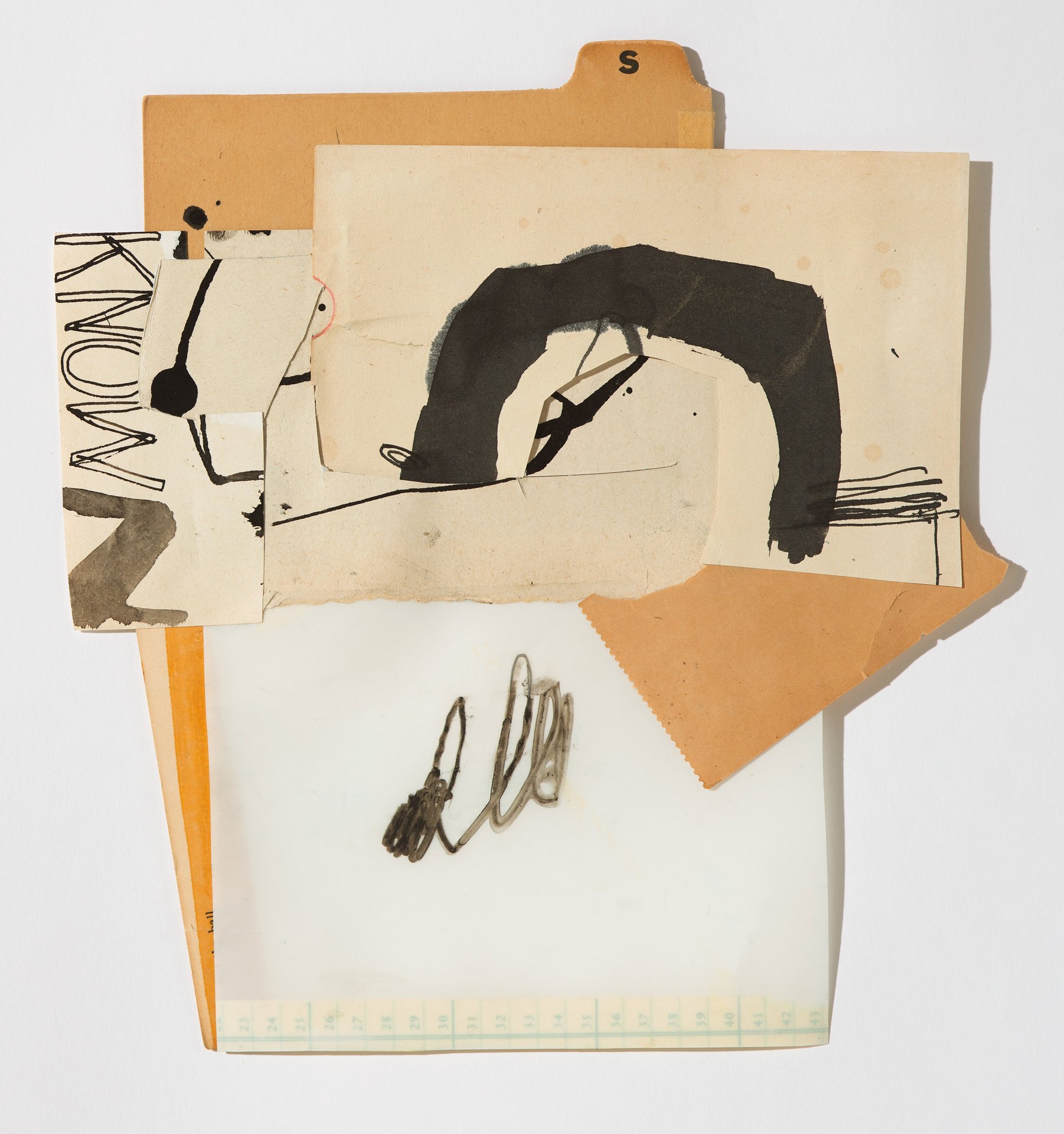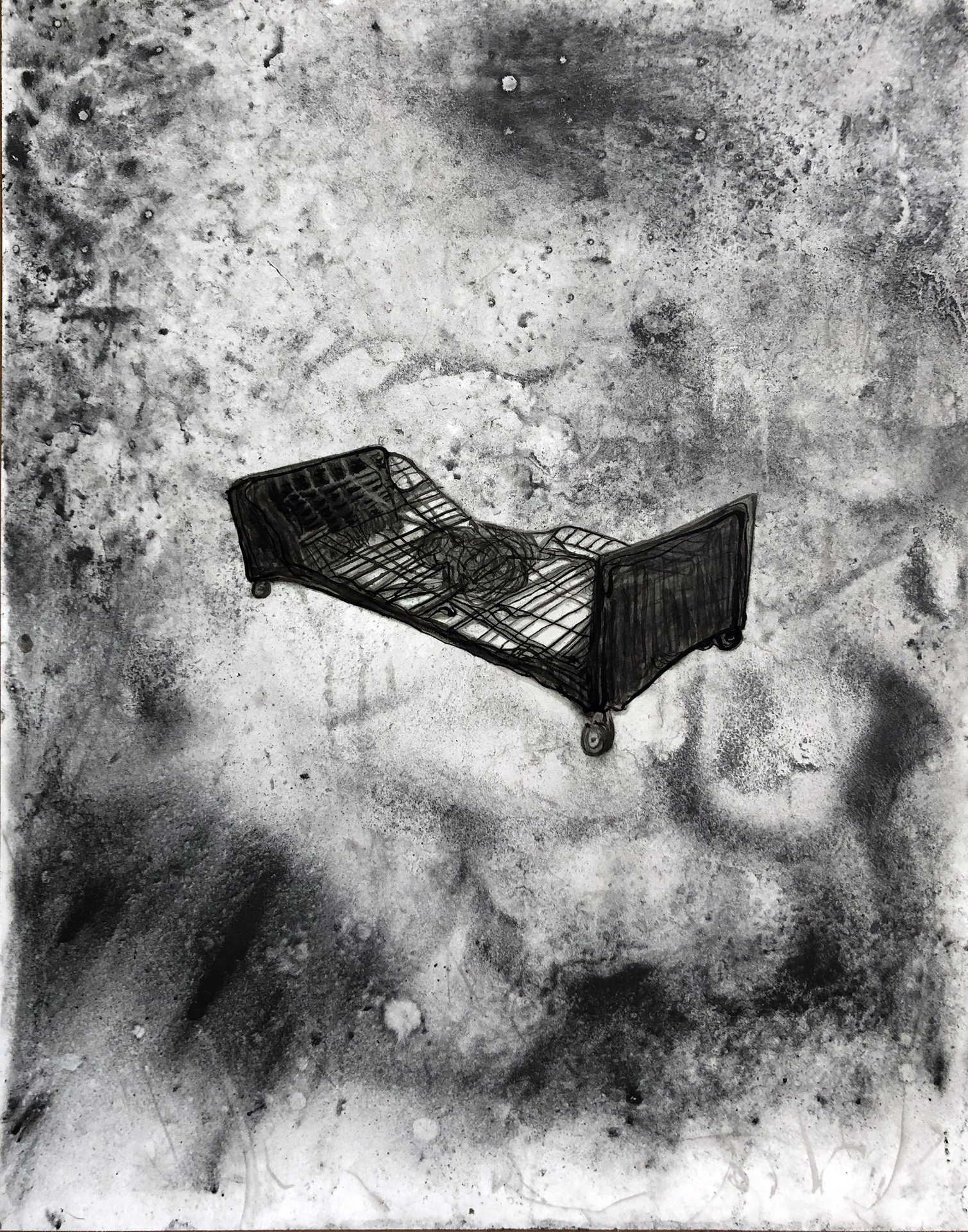Monochrome Explored
Juried by Tess Thackara
Curatorial Statement
A few years ago, on a trip to Japan, my partner and I happened upon a hole-in-the-wall Yakitori joint serving up grilled chicken in various forms. Their skewers all came marinated in the sweet, vinegary Yakitori glaze, but each of our numerous courses offered a different shade of the same ingredients. First came breast, buttery and light; then thigh, rich and succulent; then skin, crackling and aromatic, and so on. It was a performance in subtlety — asking patrons to savor the particular textural gradations and slight shifts in flavor profile of the various cuts.
Throughout history, artists have employed a similar aesthetic strategy to focus our attention on subtle qualities of texture, light, volume, and composition — limiting their palettes to black and white, or isolating one color to bring to the fore the universe of shades therein. As with the Yakitori master, using an economy of ingredients to demonstrate the depth and variety of his craft, artists have extracted color in order to examine other facets of their subject and to hone their skill at capturing its other qualities.
For some, shades of black and white, darkness and light, have themselves been the subject. One might think of Agnes Martin’s luminescent white paintings or Anish Kapoor’s blackest black. Monochromatic color has also taken center stage. Rothko, of course, comes to mind.
The artists in this online exhibition have limited their palettes to varying effects. Many of the artworks are primarily formal — studies in vivid texture, dynamic composition, playful shapes, or shimmering light. Others are defined by brooding atmospheres; austere, cerebral scenes; or subtle narrative intrigue.
Wall 1
Carol Bivins / Carson Carroll / Susan Finer / Michael Holcomb
The forms and shapes in these artworks fall somewhere between micro and macro, cellular and cosmic: are we looking at microscopic organisms and computer chips under a lens? Or at the contents of someone’s suitcase under a TSA scanner? Or, as suggested in Susan Finer’s fabric and mixed-media works, up at our planetary solar system?
Wall 2
Tyler Brumfield / Hyunhee Doh / Bonny Leibowitz / Jo Margolis/ Seamus O’Rourke
This wall is dedicated to artworks that seem to be explorations in texture and the transfigurative properties of materials — to folds and crumples; to ink that looks fibrous; to black paint that looks velvety soft; and to sculptural forms that could be molten marshmallows or the chrysalises of giant moths.
Wall 3
James Bryan / Tyler Brumfield / Jimmie Gabiola / Lynette K. Henderson / Jess Levey / David Shannon
There is something grimly hypnotic about Lynette Henderson’s paintings of cans of agricultural waste at the bottom of the sea — images based on robotic video recordings taken in the Pacific Ocean. There are similarly transfixing and mysterious compositions at work in the other paintings and photographs in this section. In some cases, it’s hard to tell which of the two mediums brought them to life.
Wall 4
Carrie Lipscomb / Judith Ornstein / Dusty Rose / Emily Shepard
The pictures and sculptures here may be devoid of human subjects — but each of them could be a sort of abstract portrait, full of charm and personality. Even Carrie Lipscomb’s Counterbalance, using the most minimal of means, brings to mind a lone beachwalker or tree gazing out over the horizon line.
Wall 5
Curt Confer / James Hartel / David Holmgren / Shoshanna Kertesz / Carmen Sasso / Bethany Taylor
This wall brings together portraits and dreamscapes that possess a cerebral air — the riddling and slightly haunted images of Curt Confer, the surrealistic visions of Carmen Sasso and Bethany Taylor, the psychological portraits of James Hartel and David Holgren, and Shoshana Kertesz’s oils, which fall somewhere in between.
Wall 6
Yat Chun Chan / Charles Compo / Marc Phares / Edward L. Rubin / Robert Procter
Rendering images in black and white can lend a noirish atmosphere — as seen here in several foreboding forestscapes and seascapes. The images in this group all hint at narratives of one kind or another: of essential workers and immigrants, perhaps, in the work of Charles Compo and Yat Chun Chan, or of Edward L. Rubin’s odd pair in the deadpan Pool Couple.
